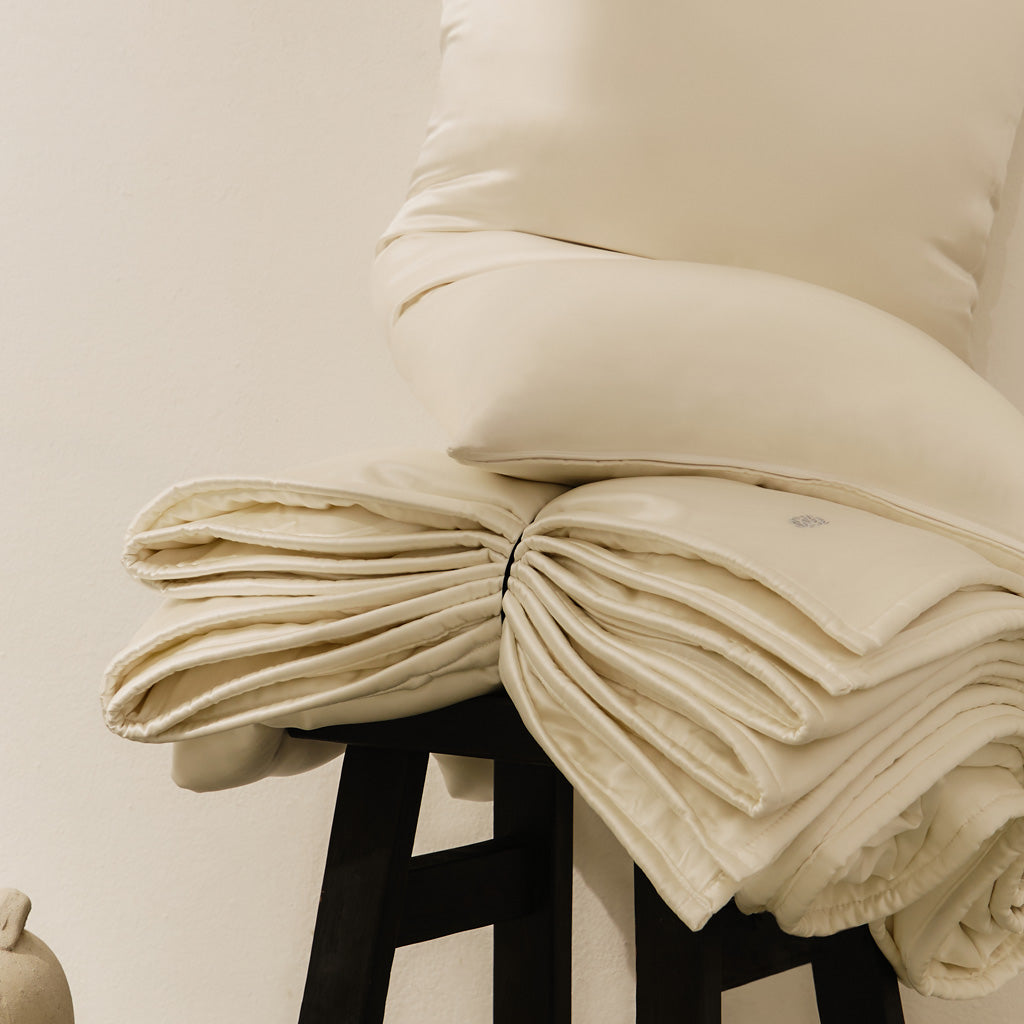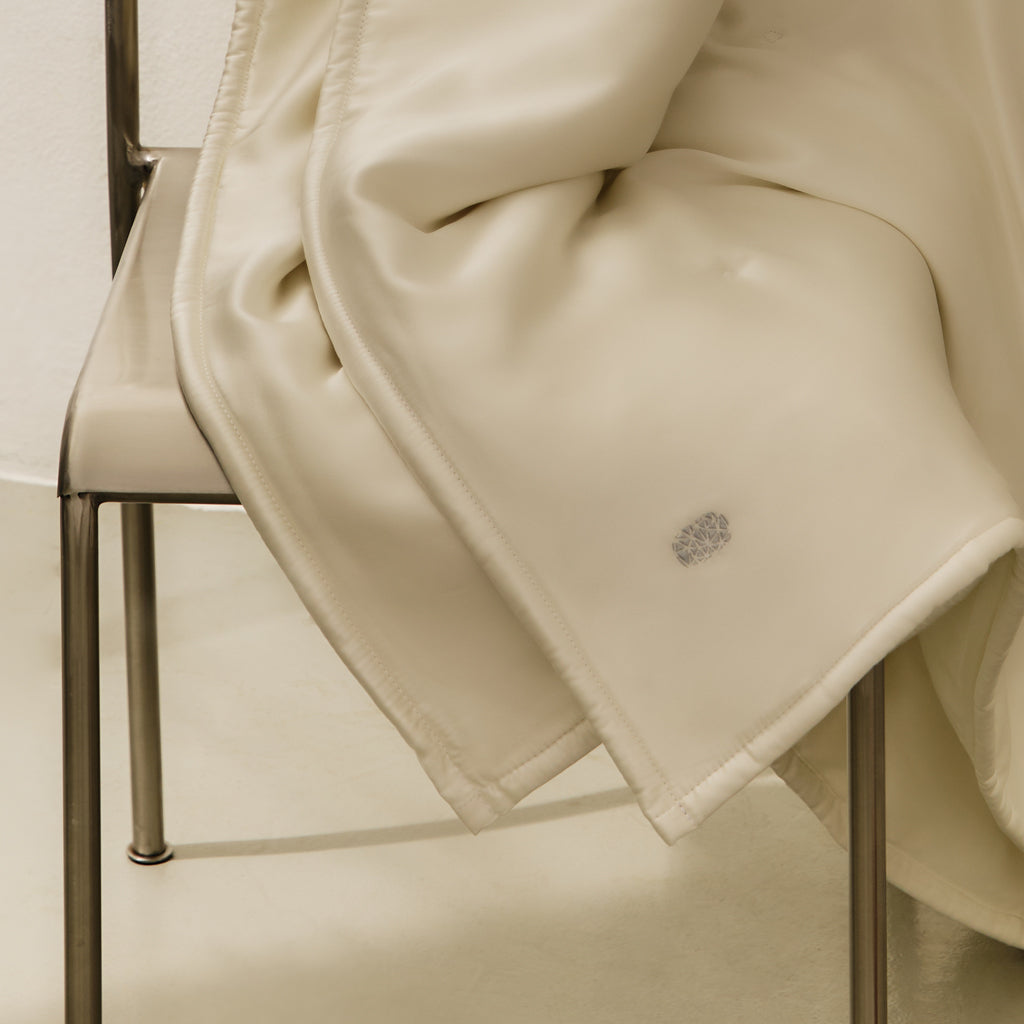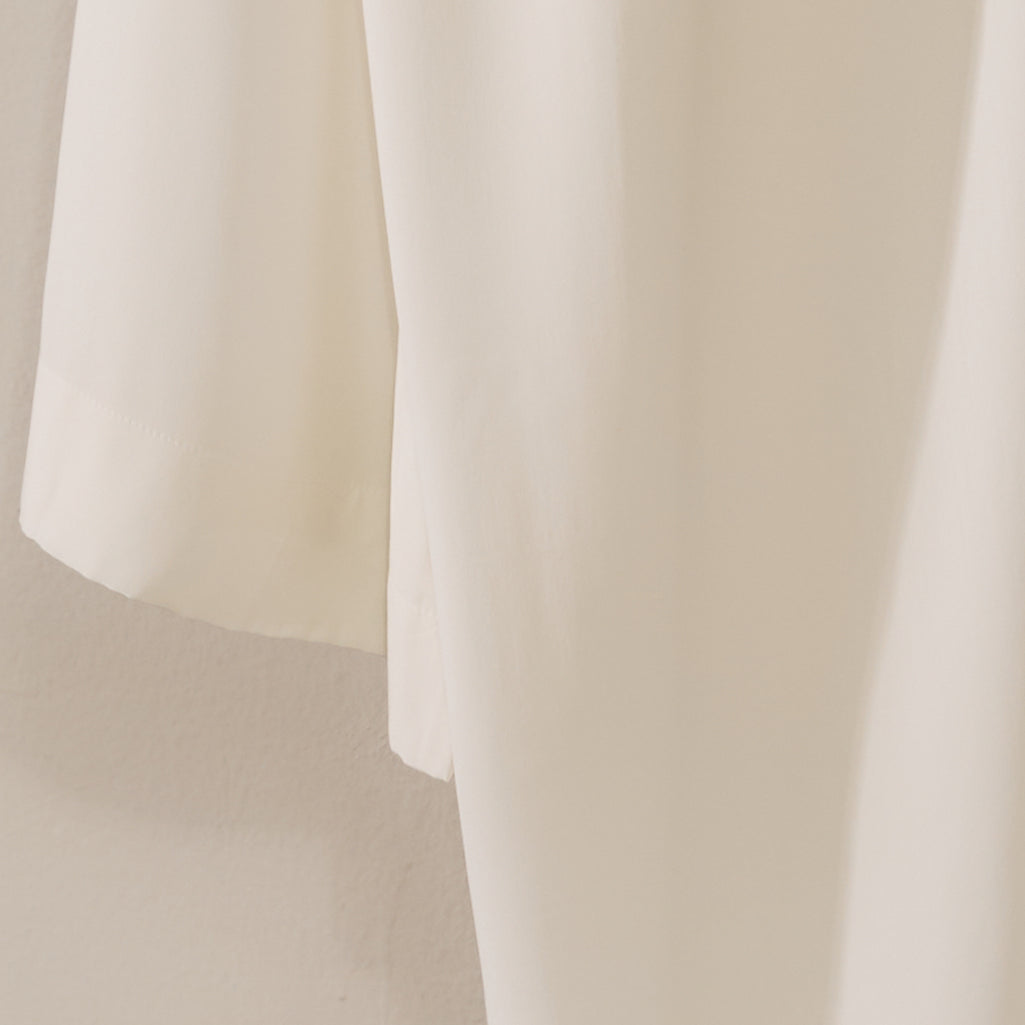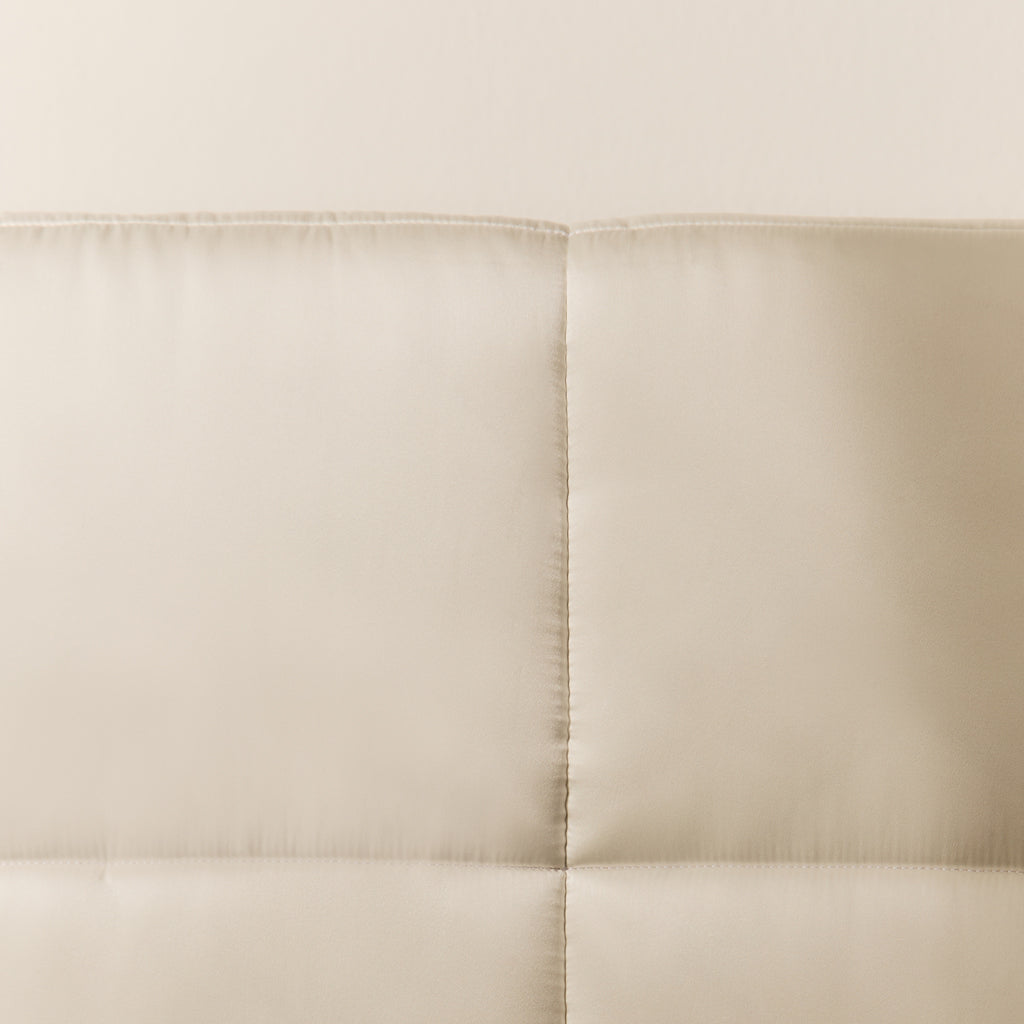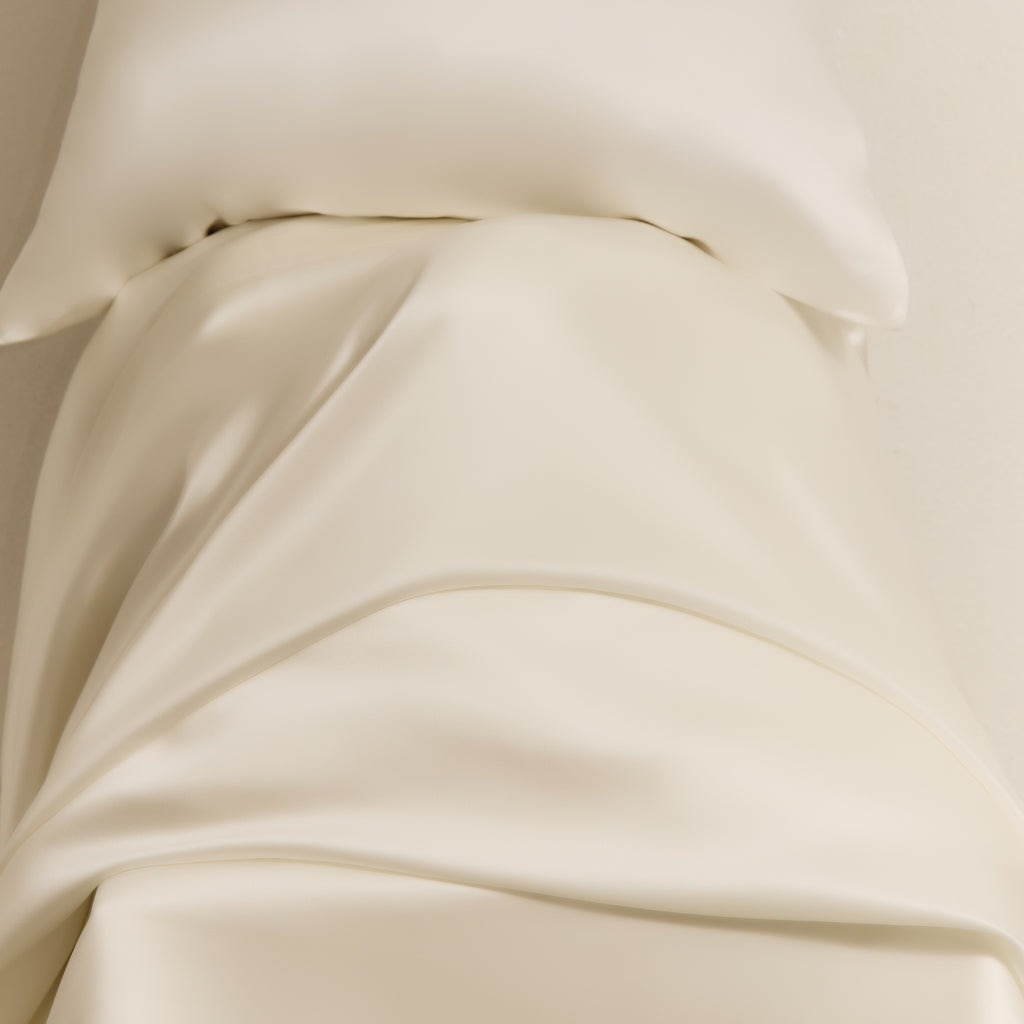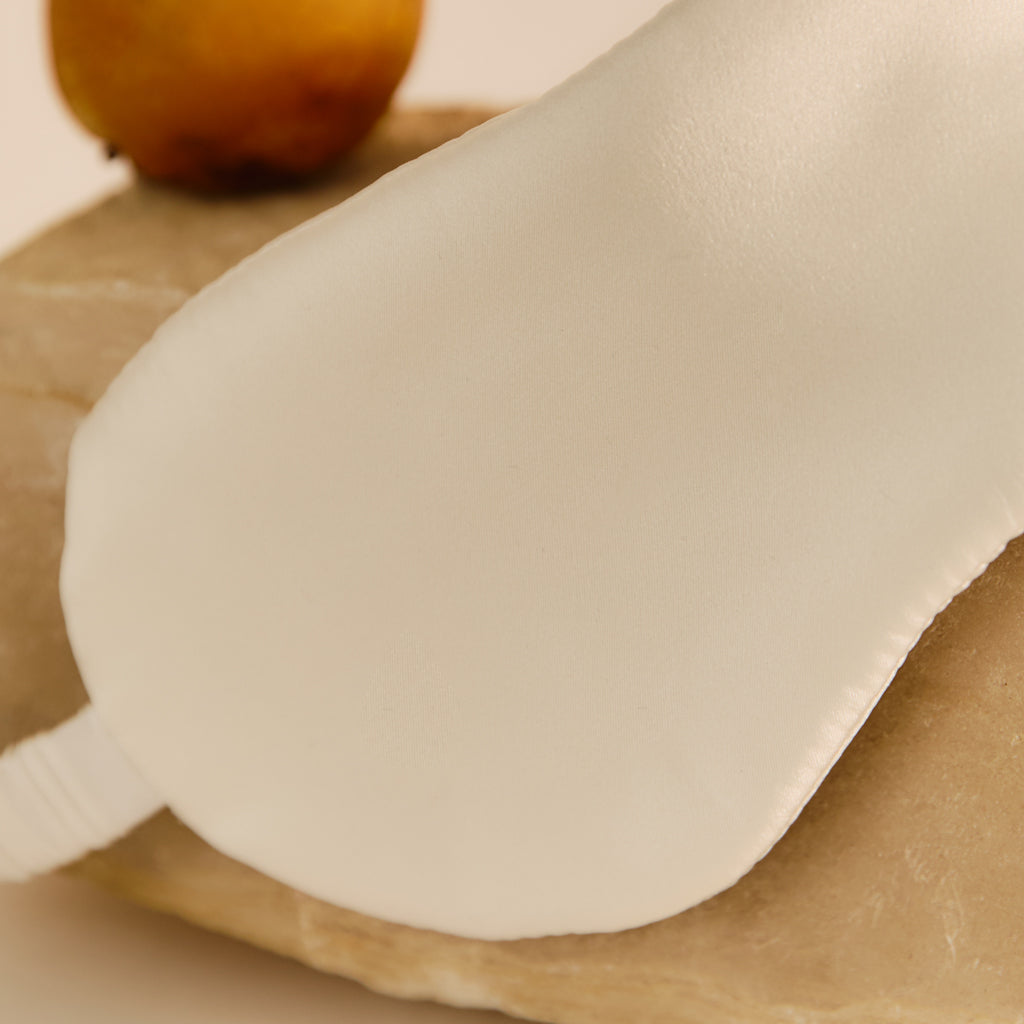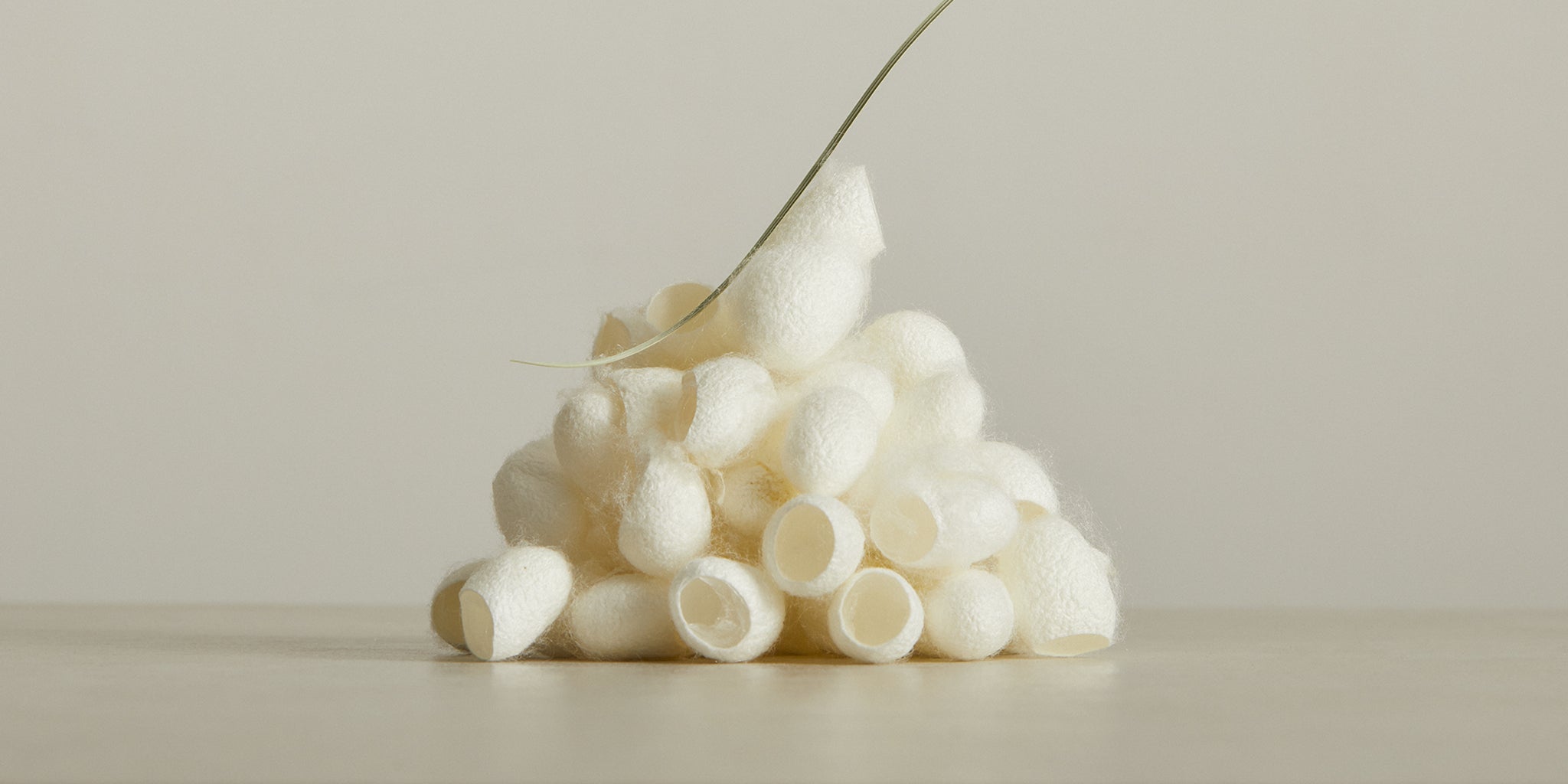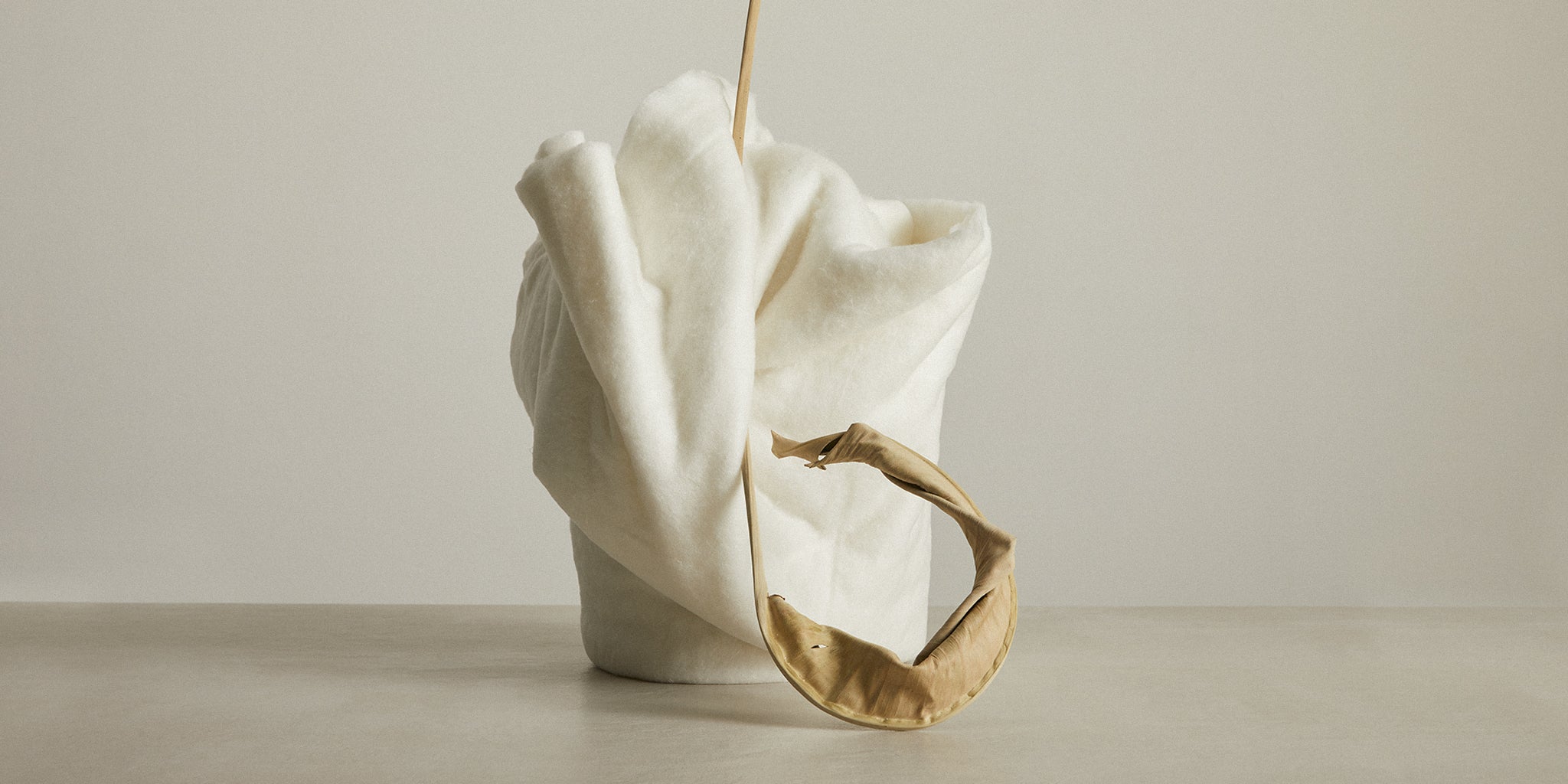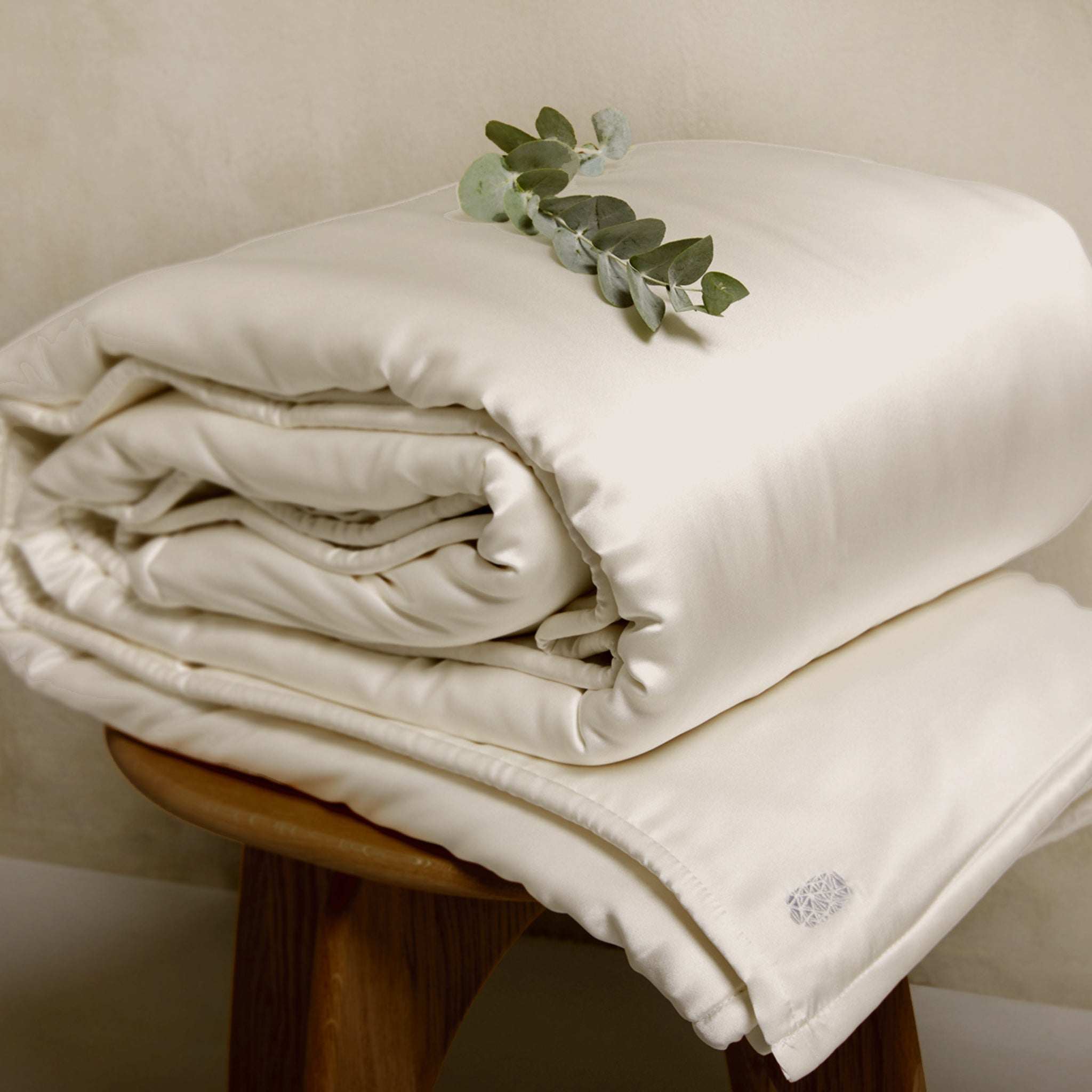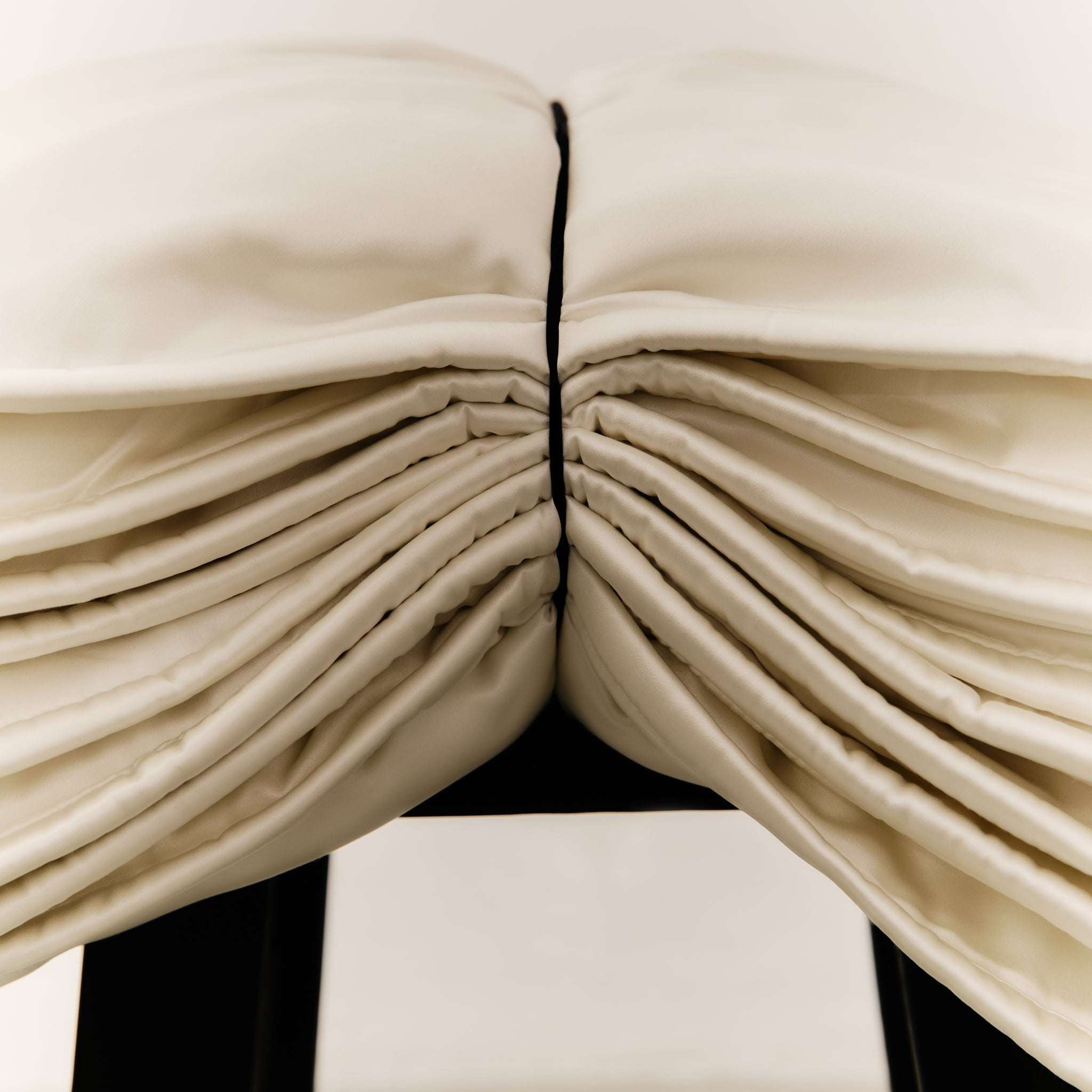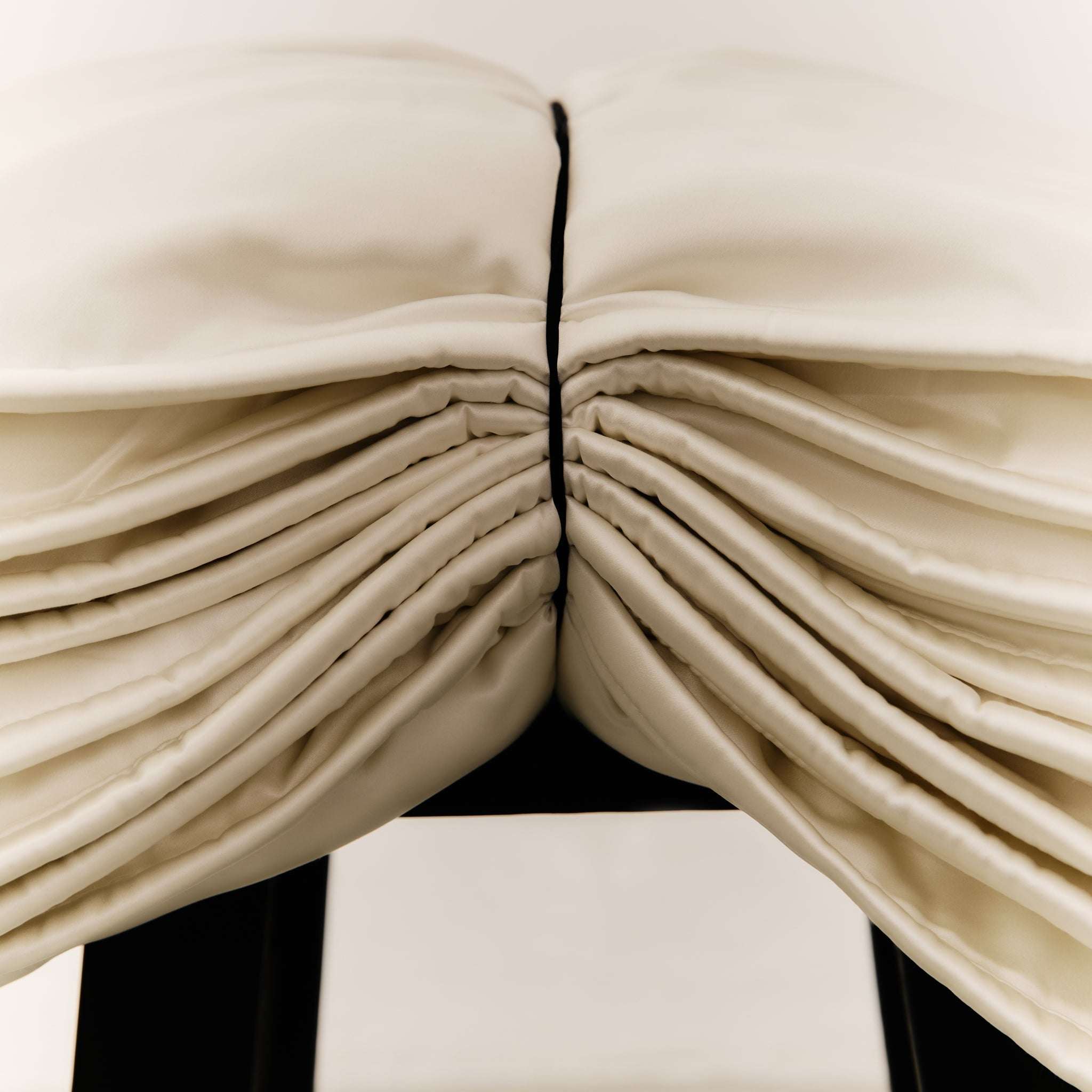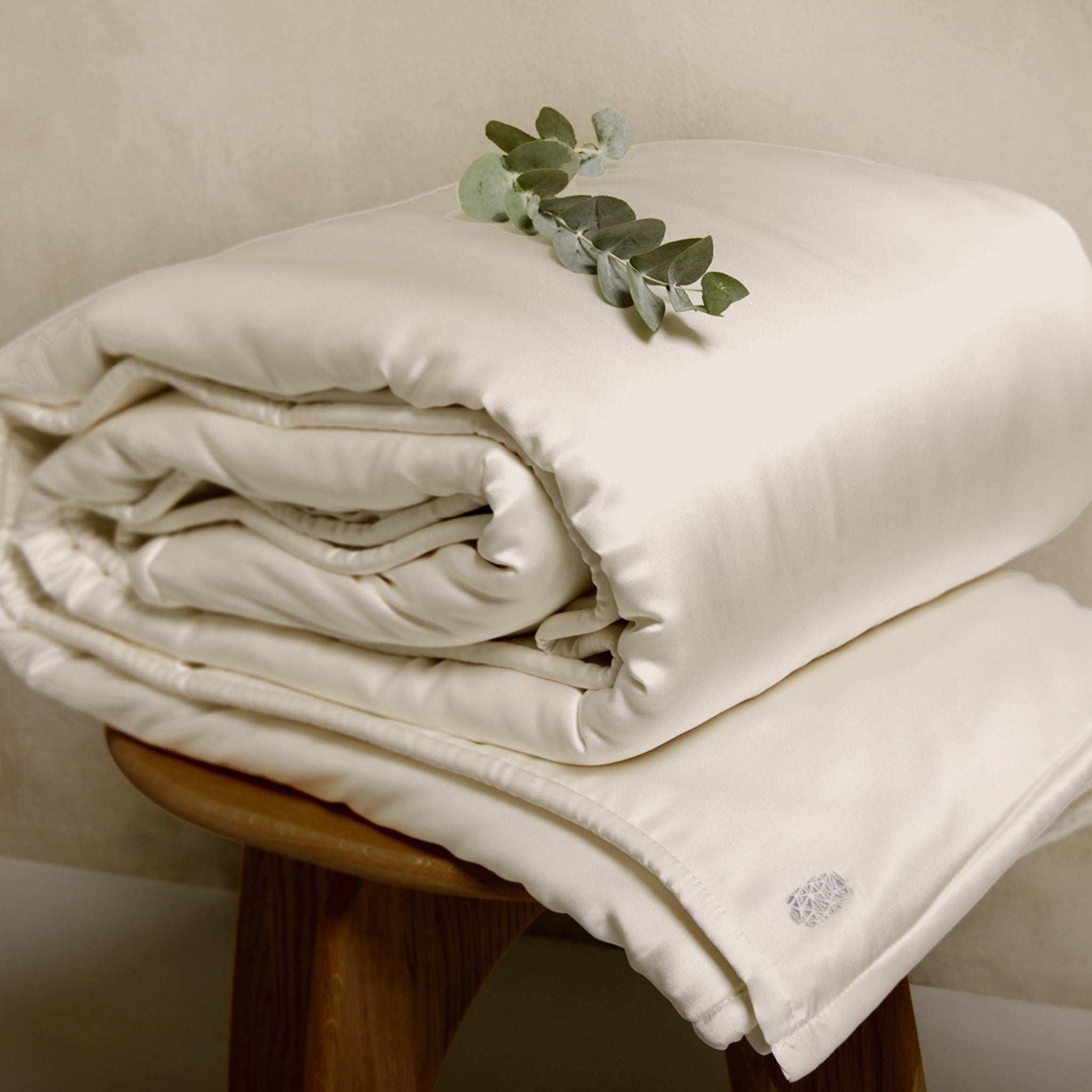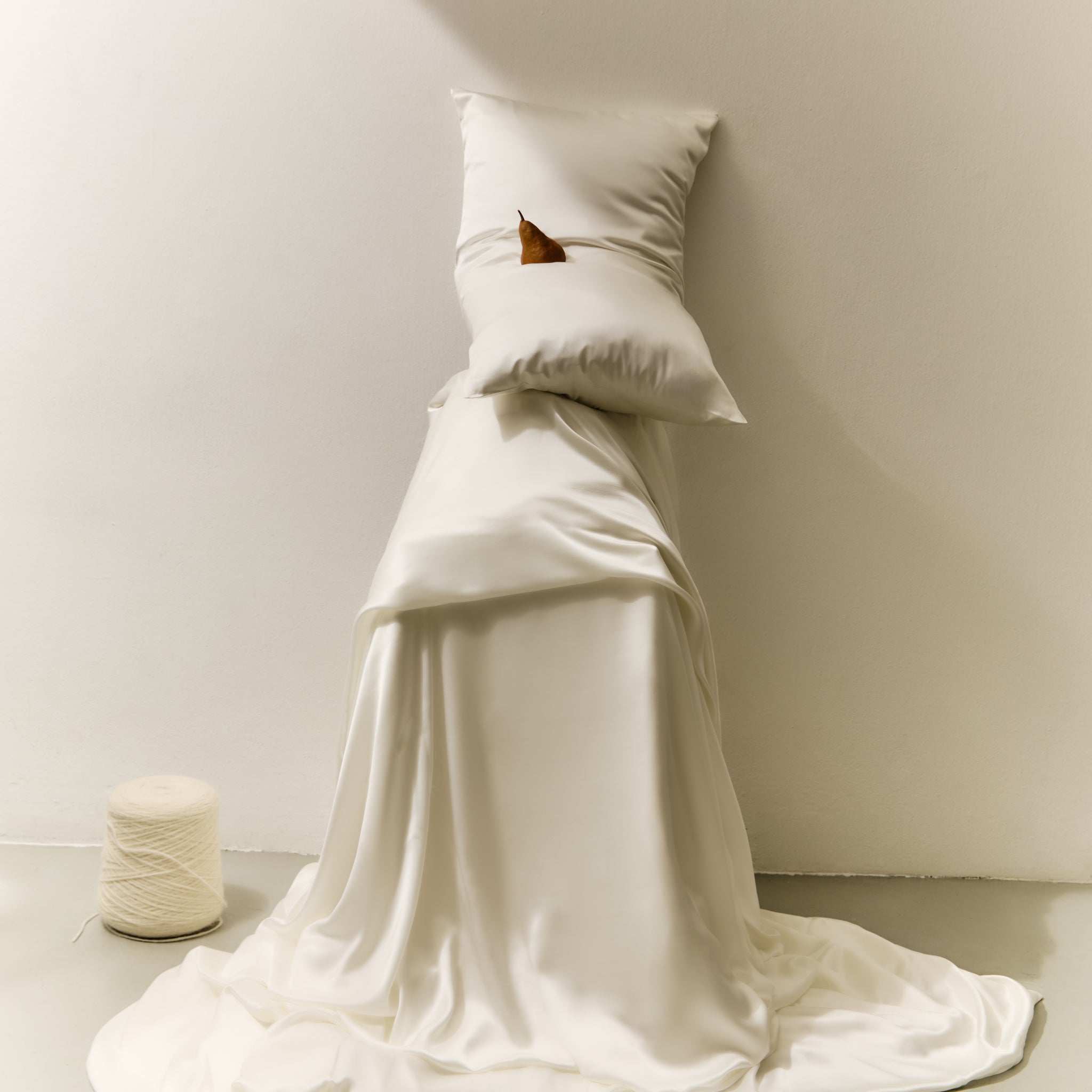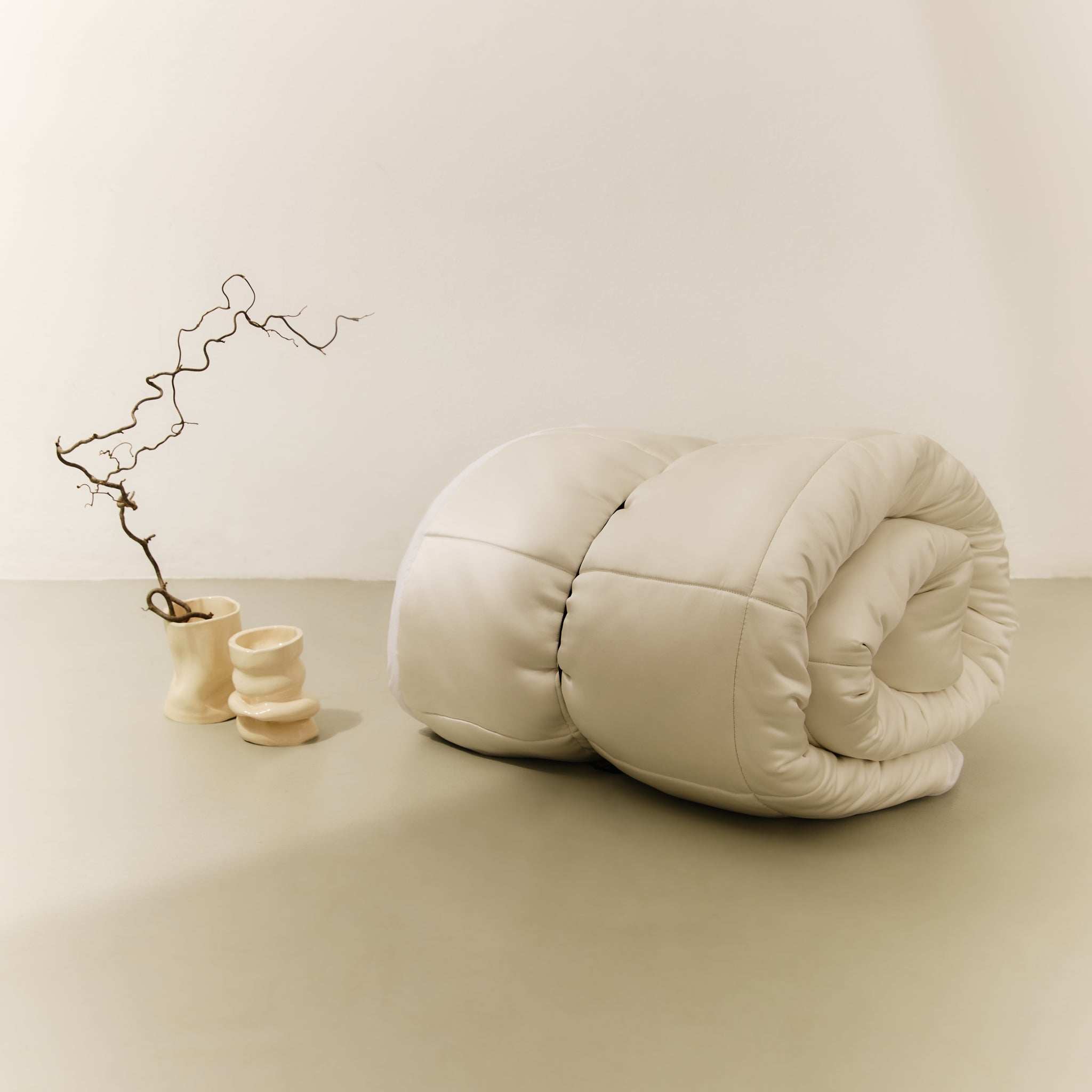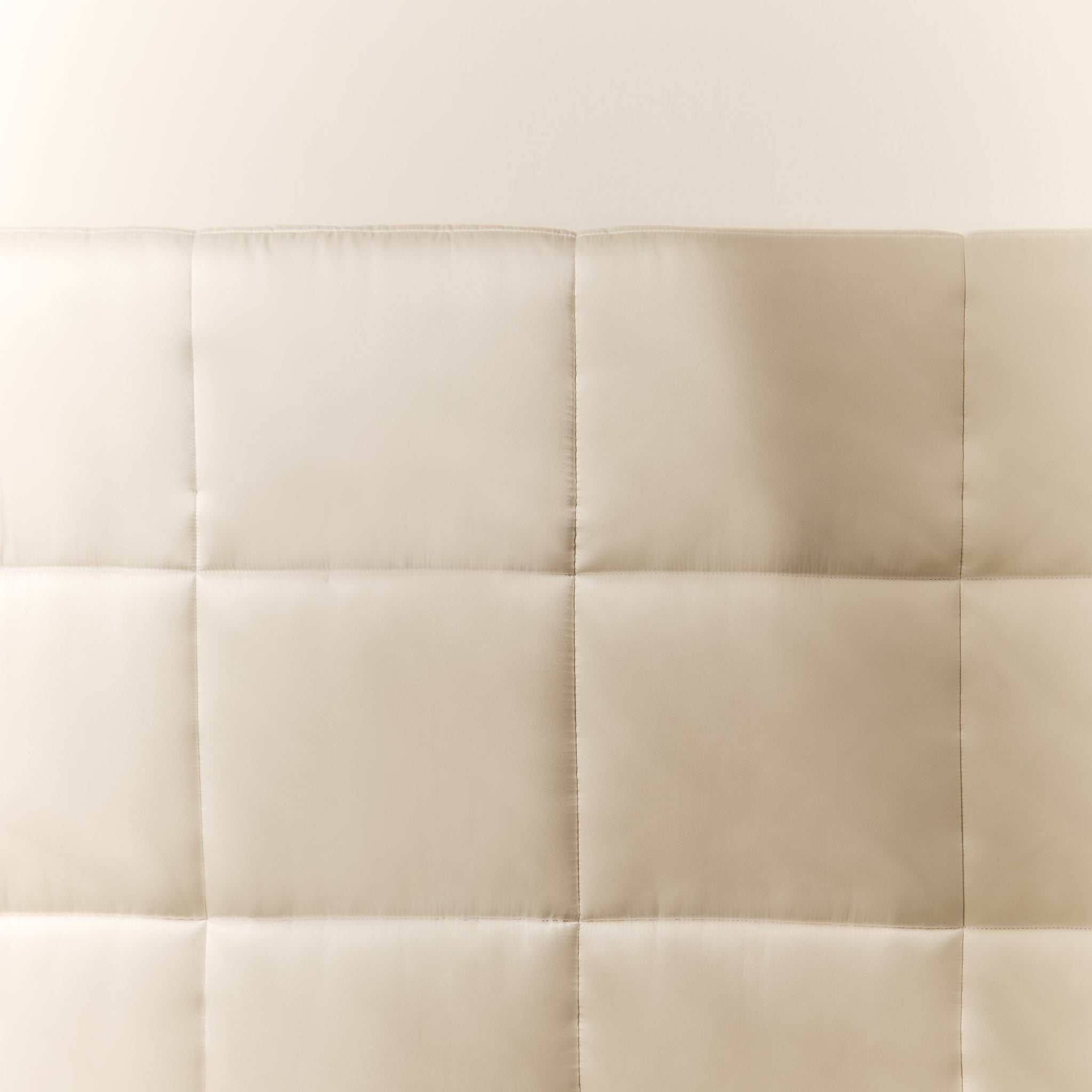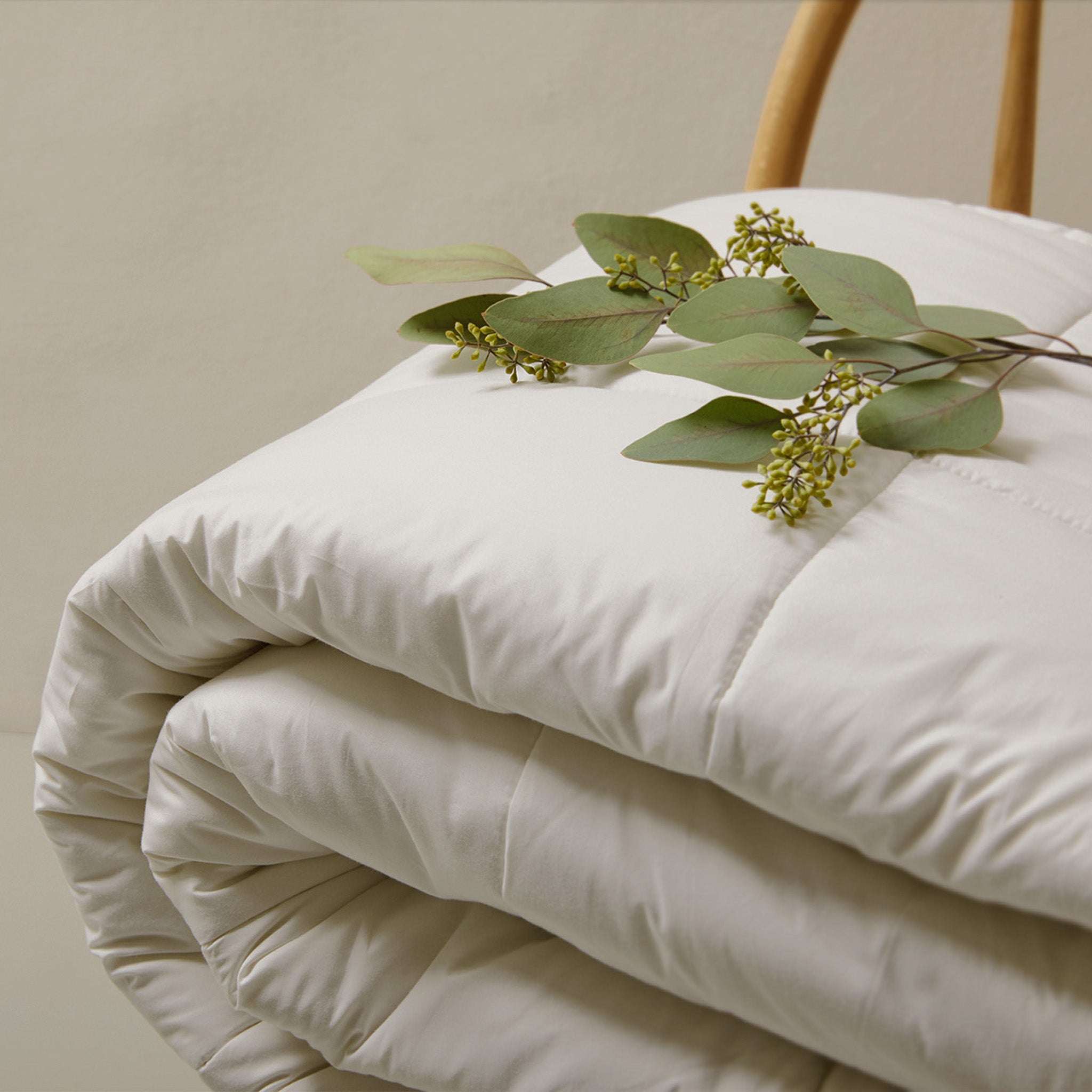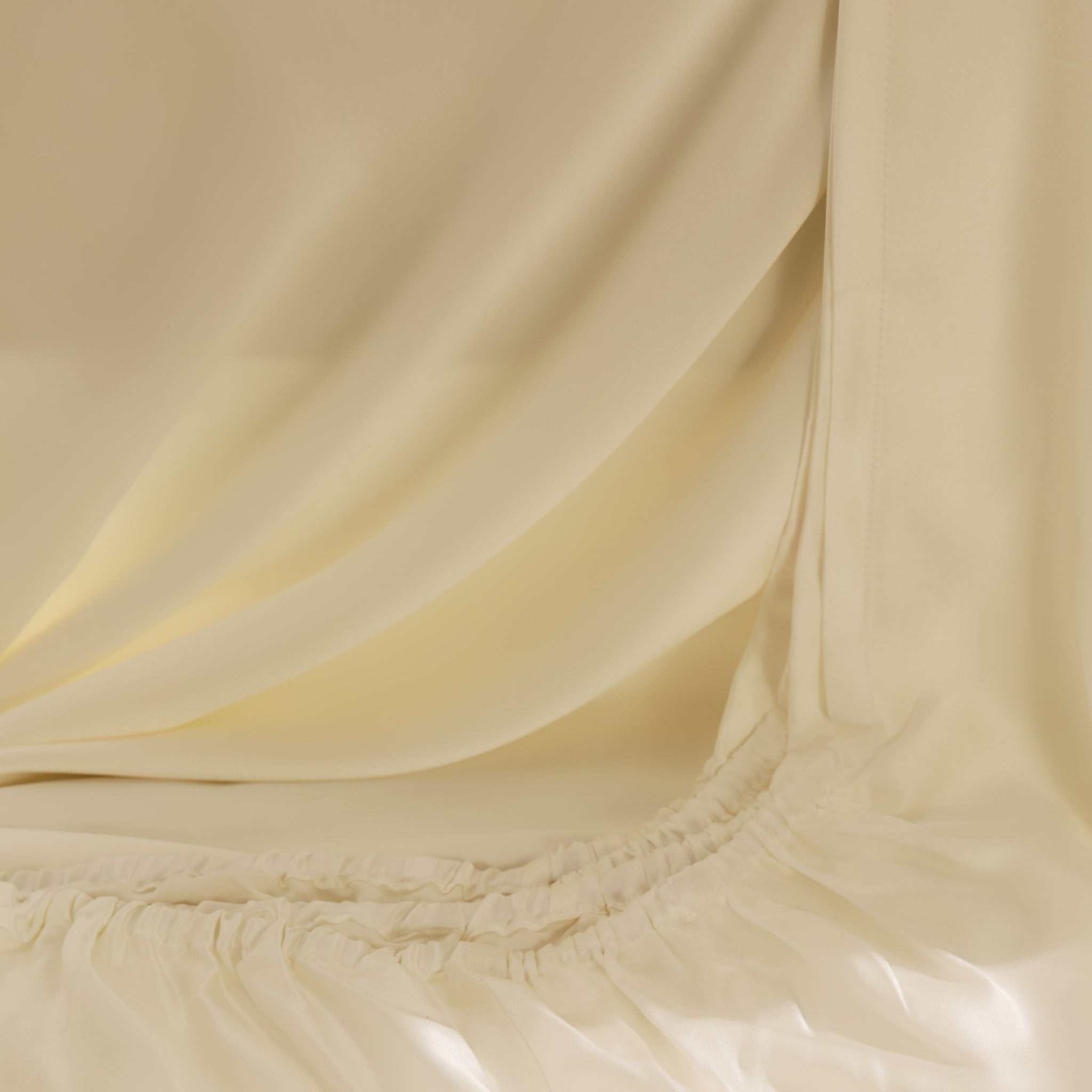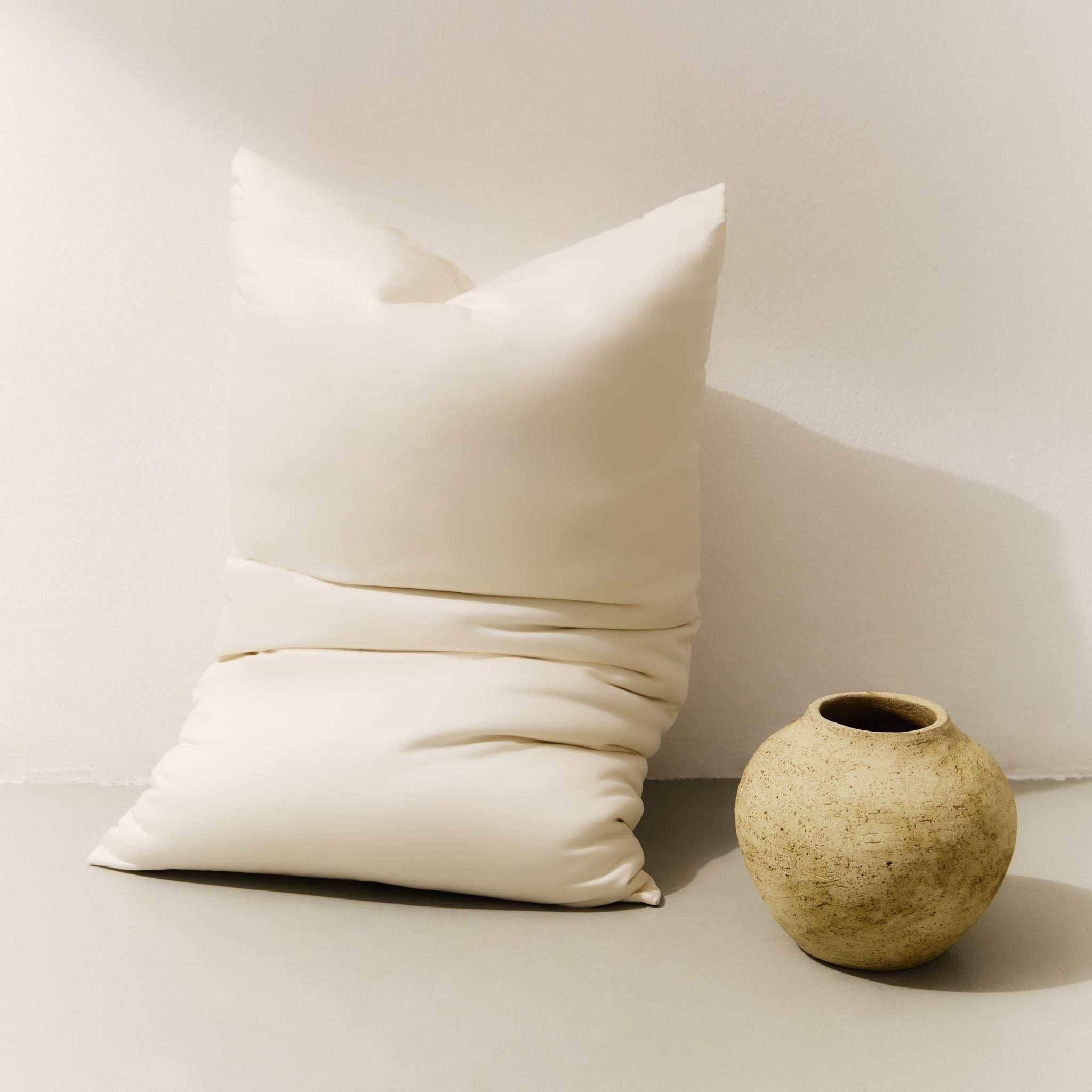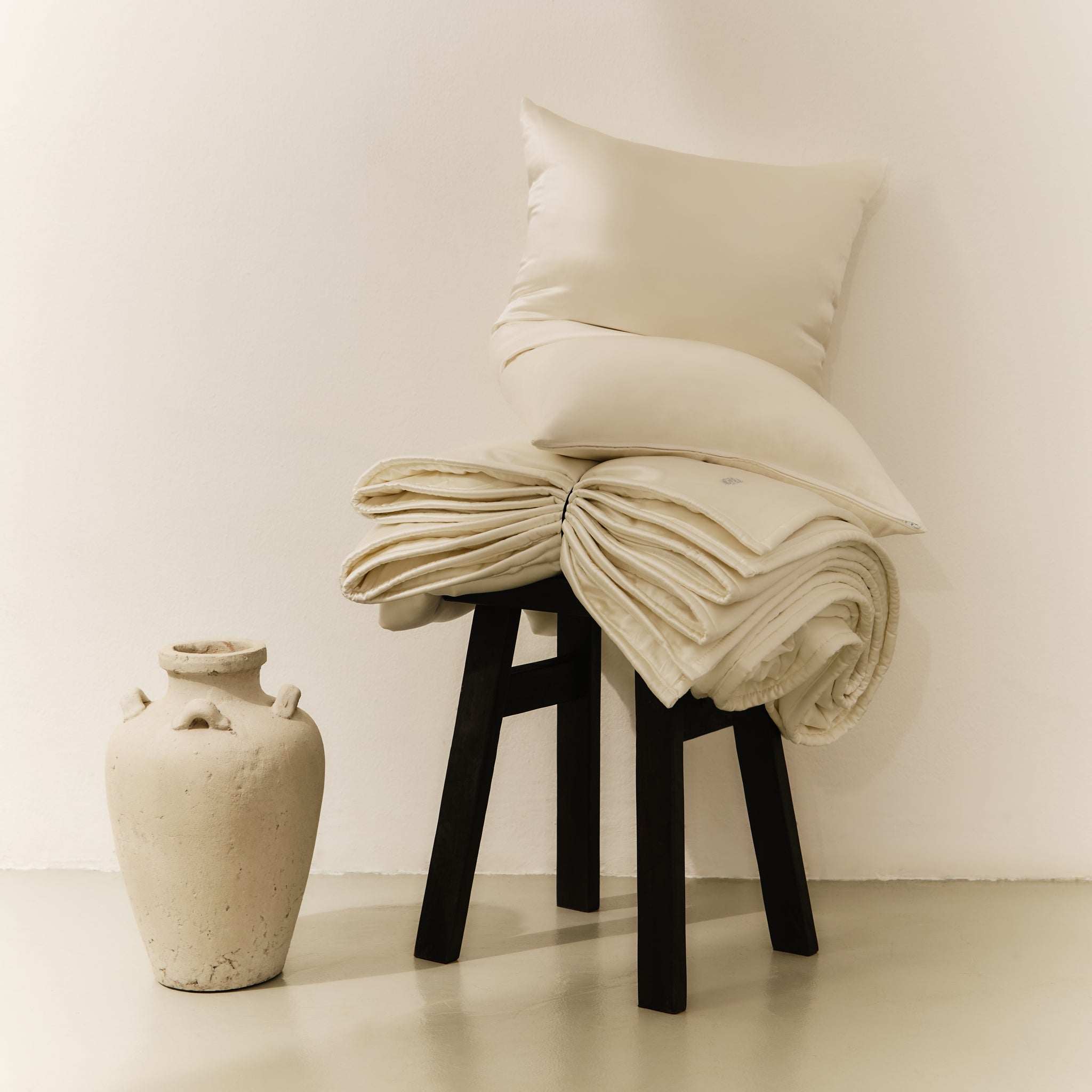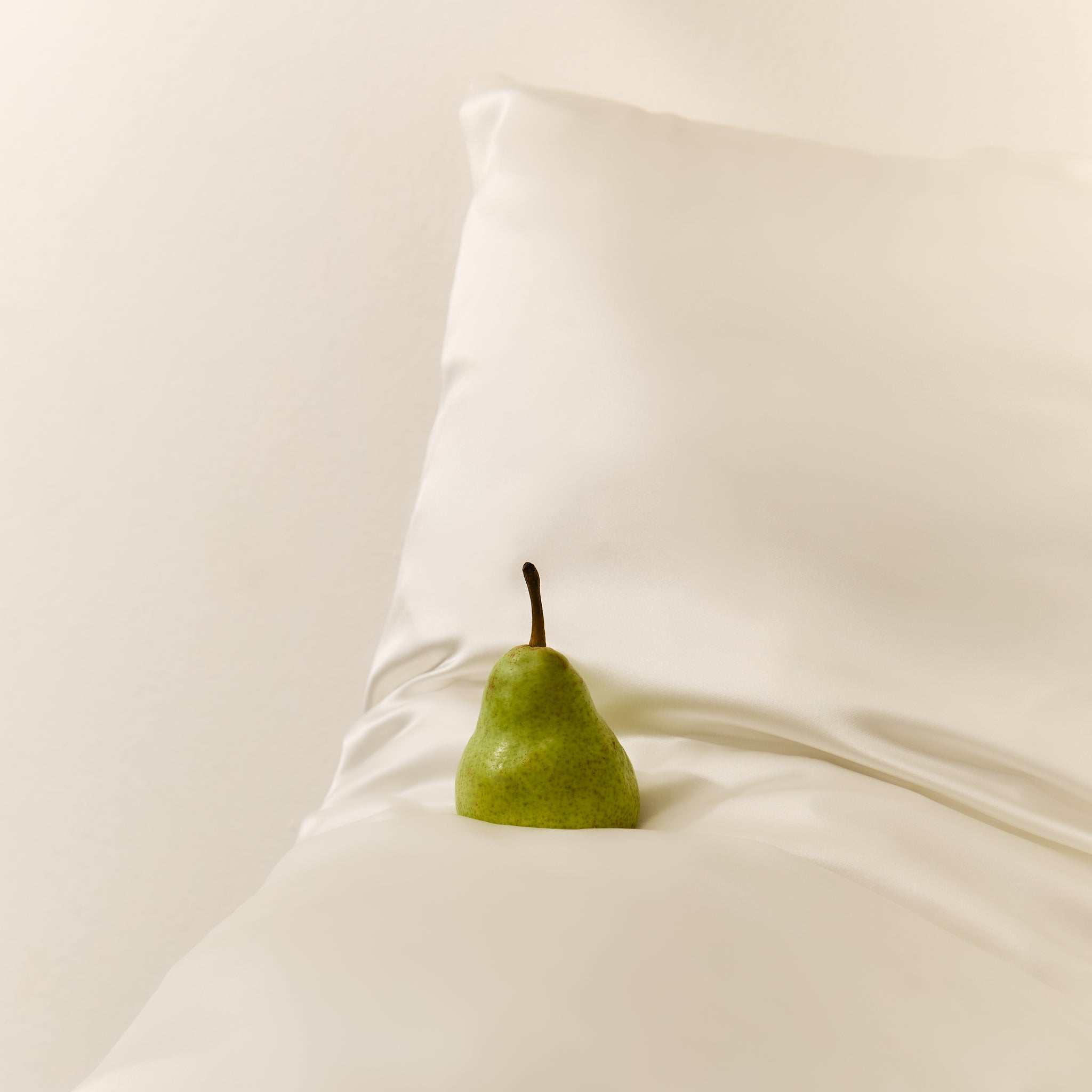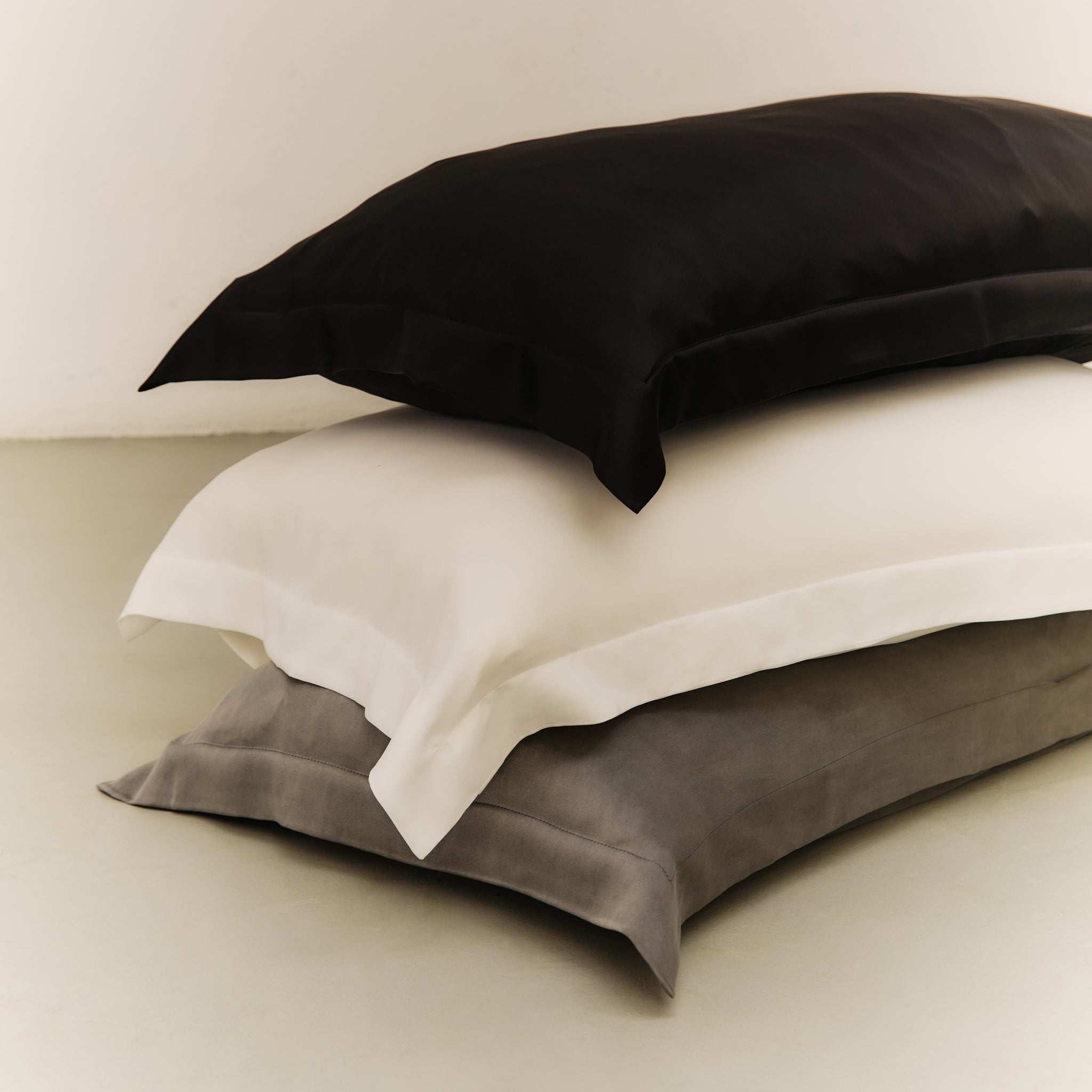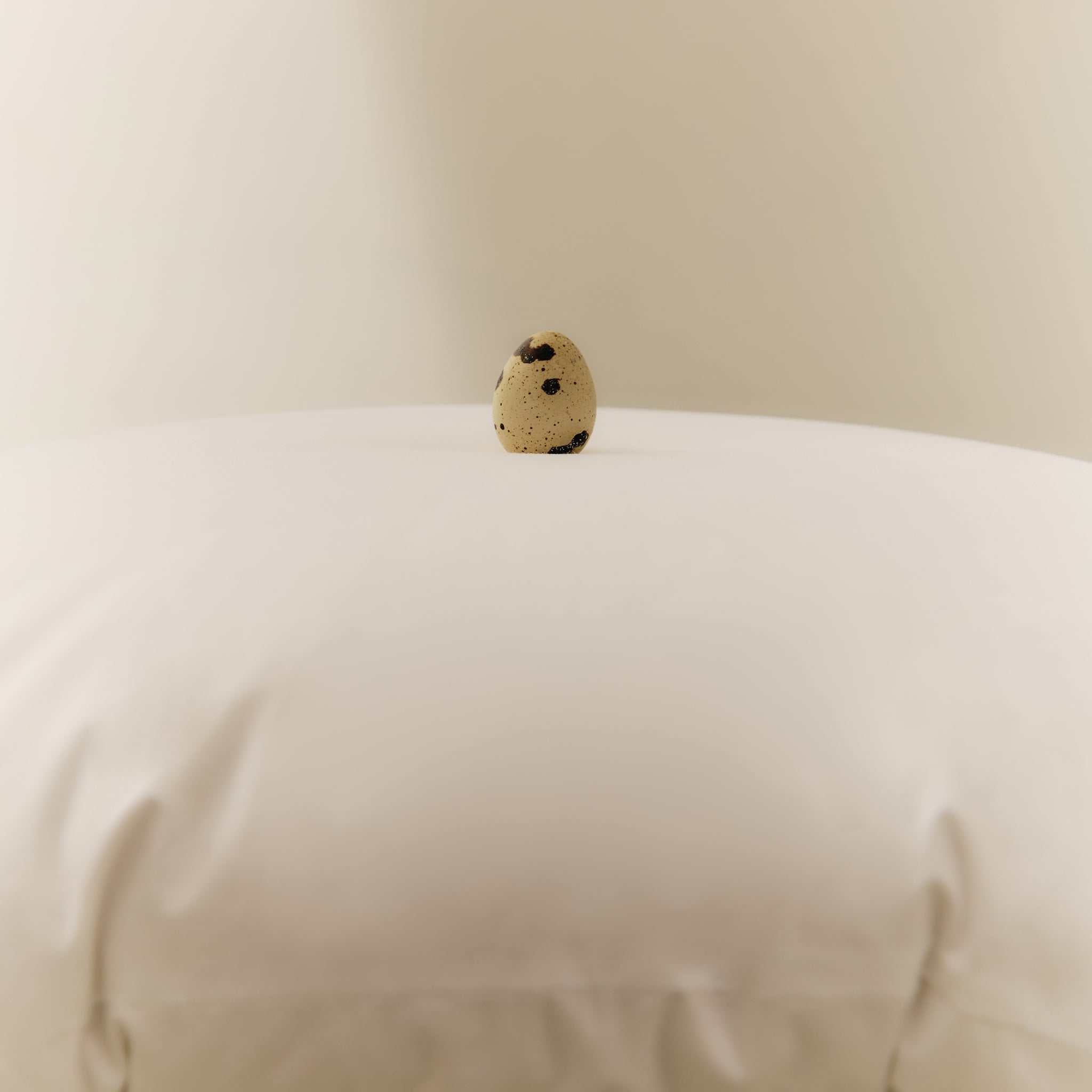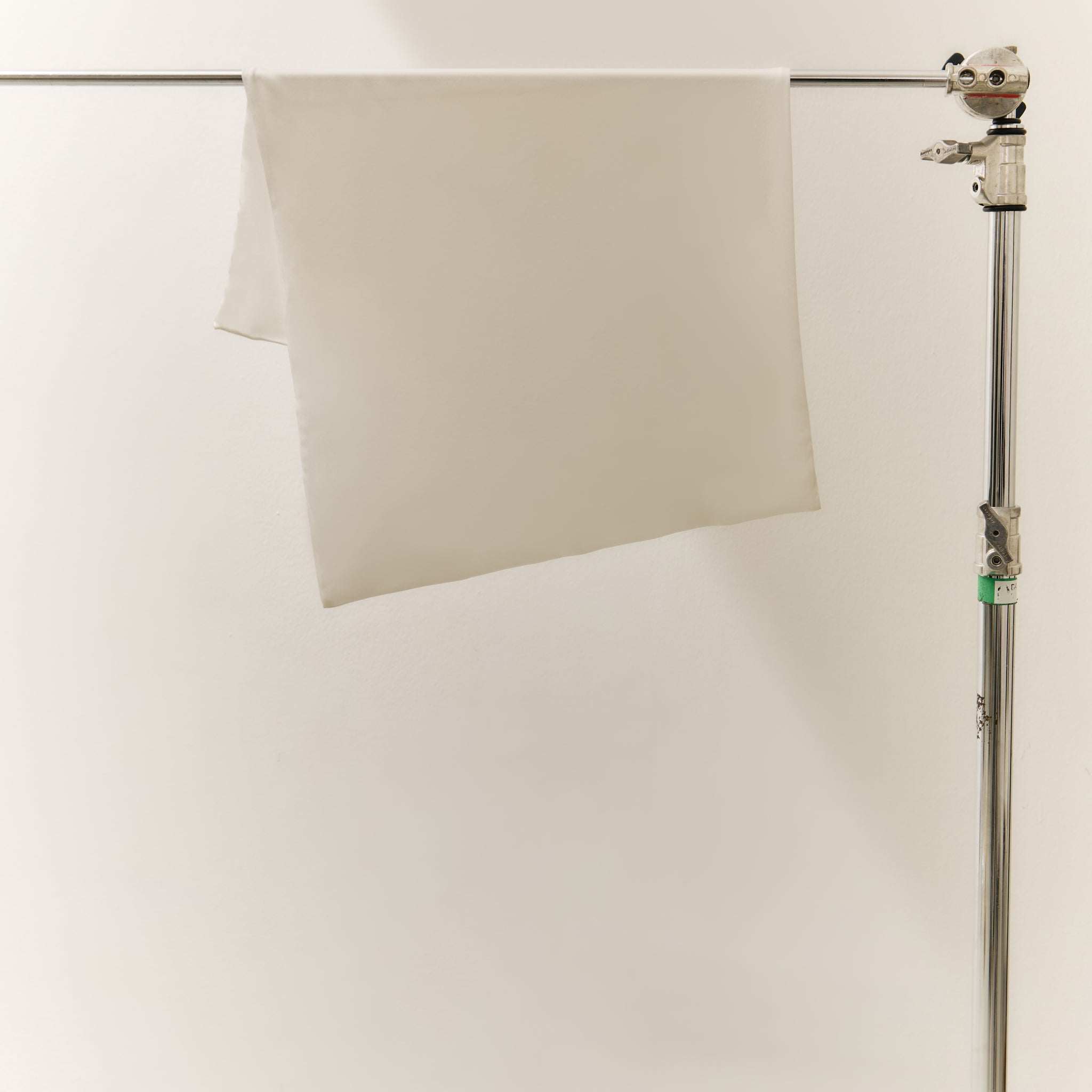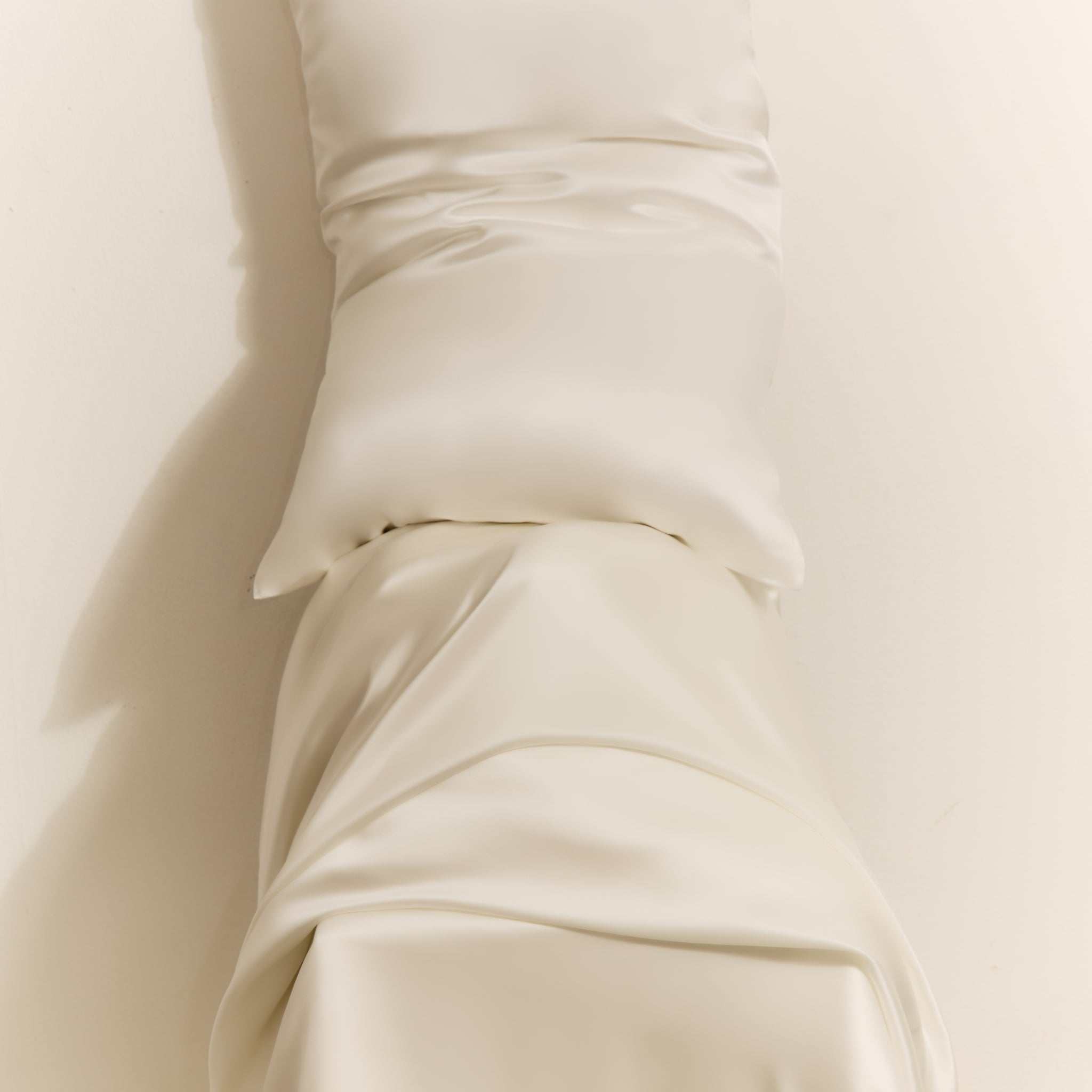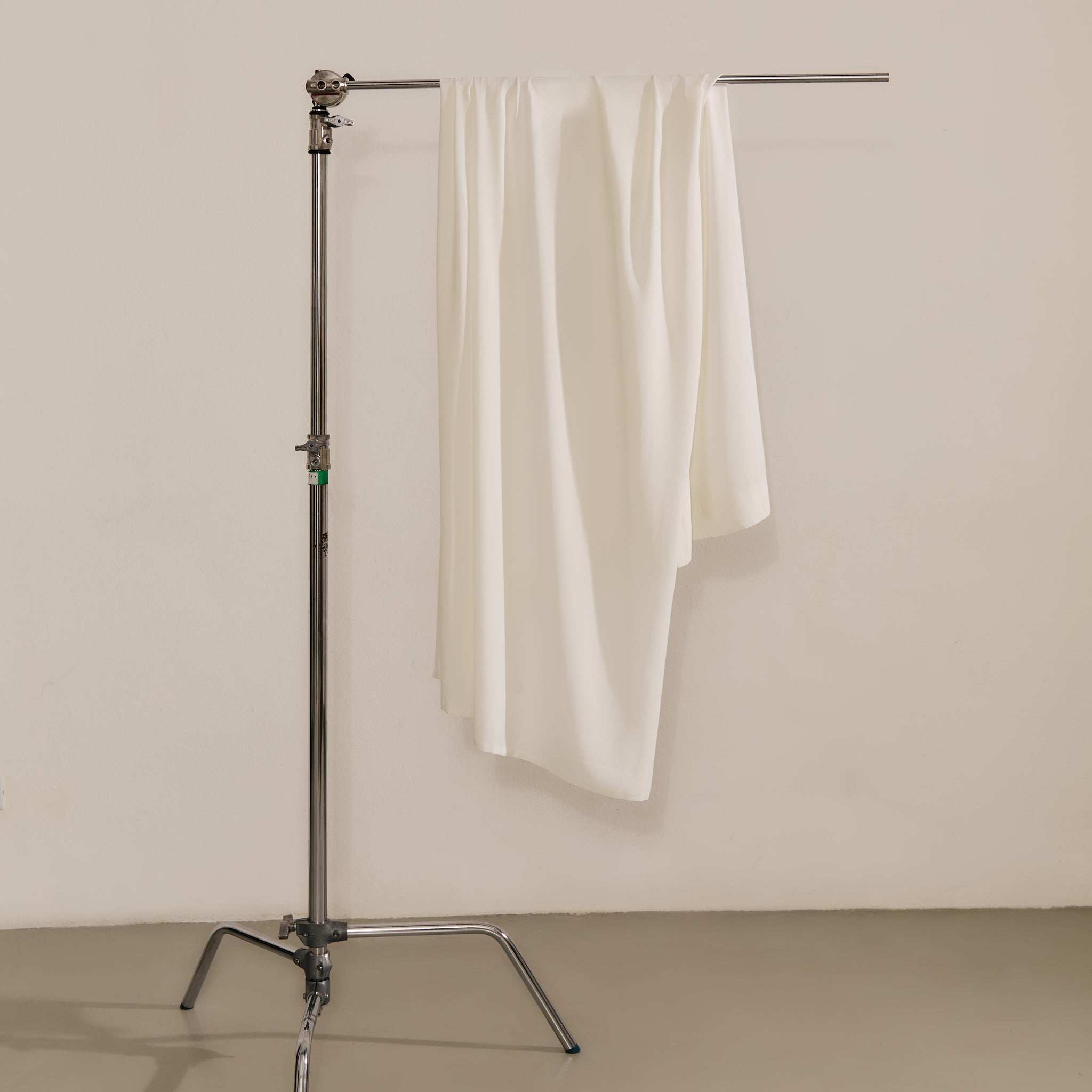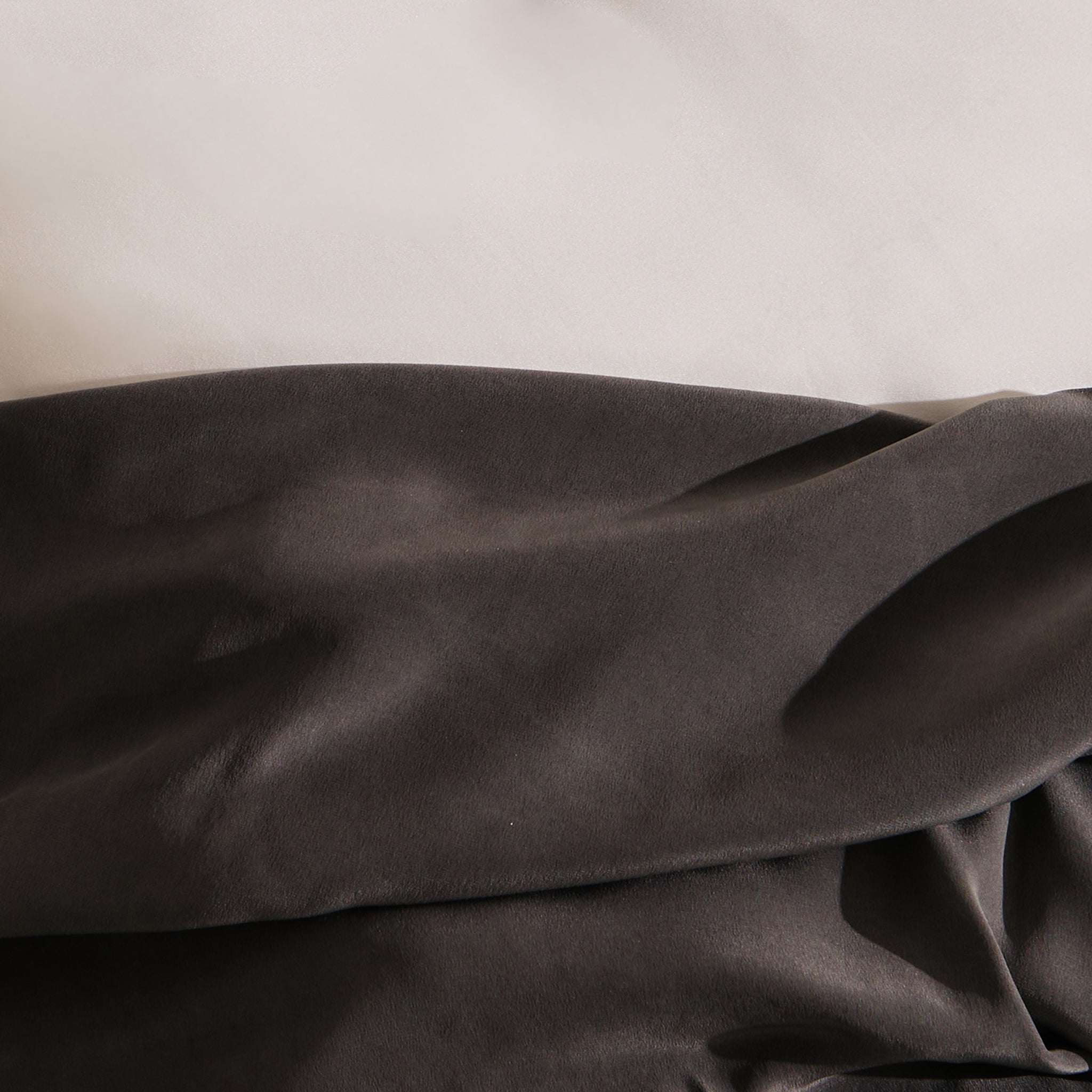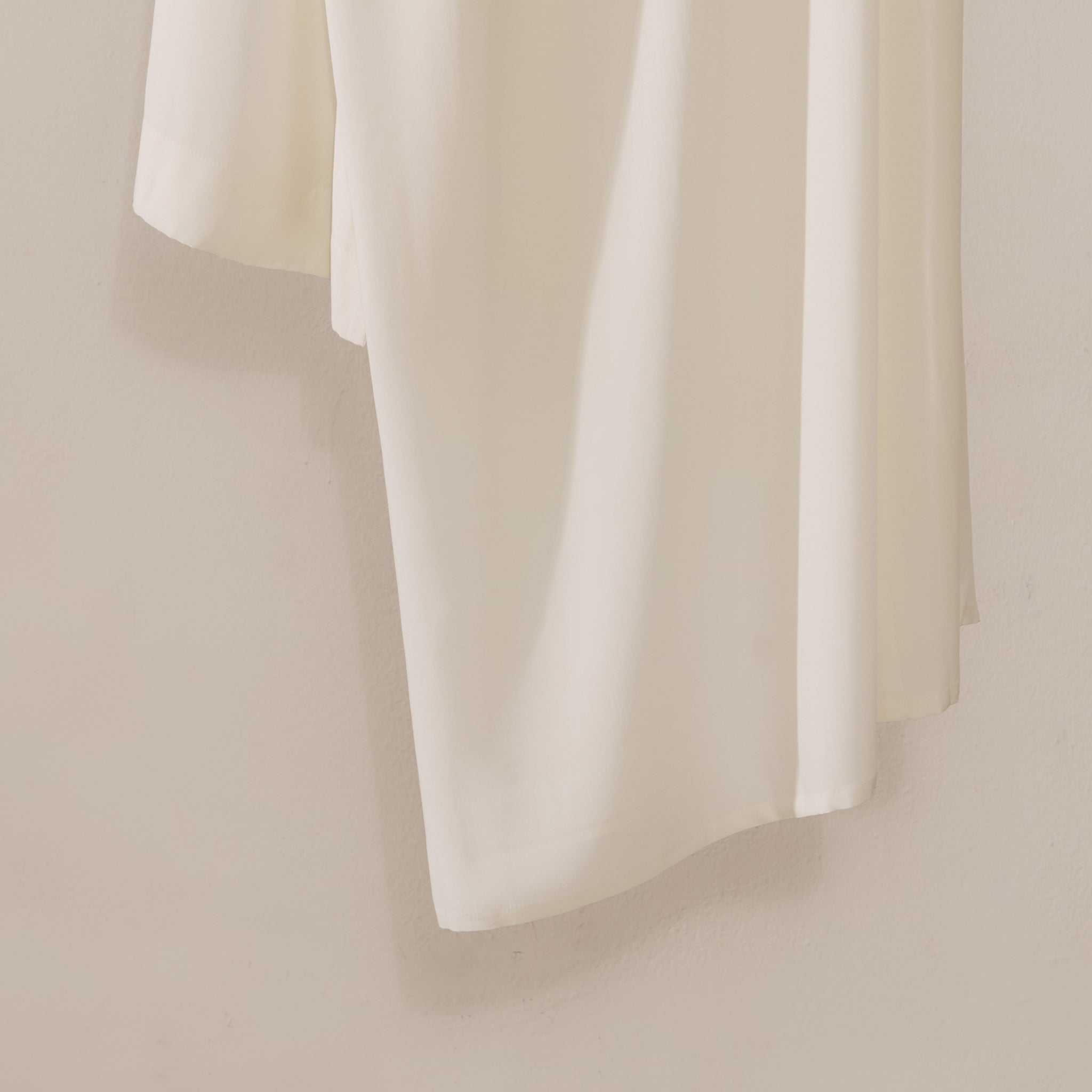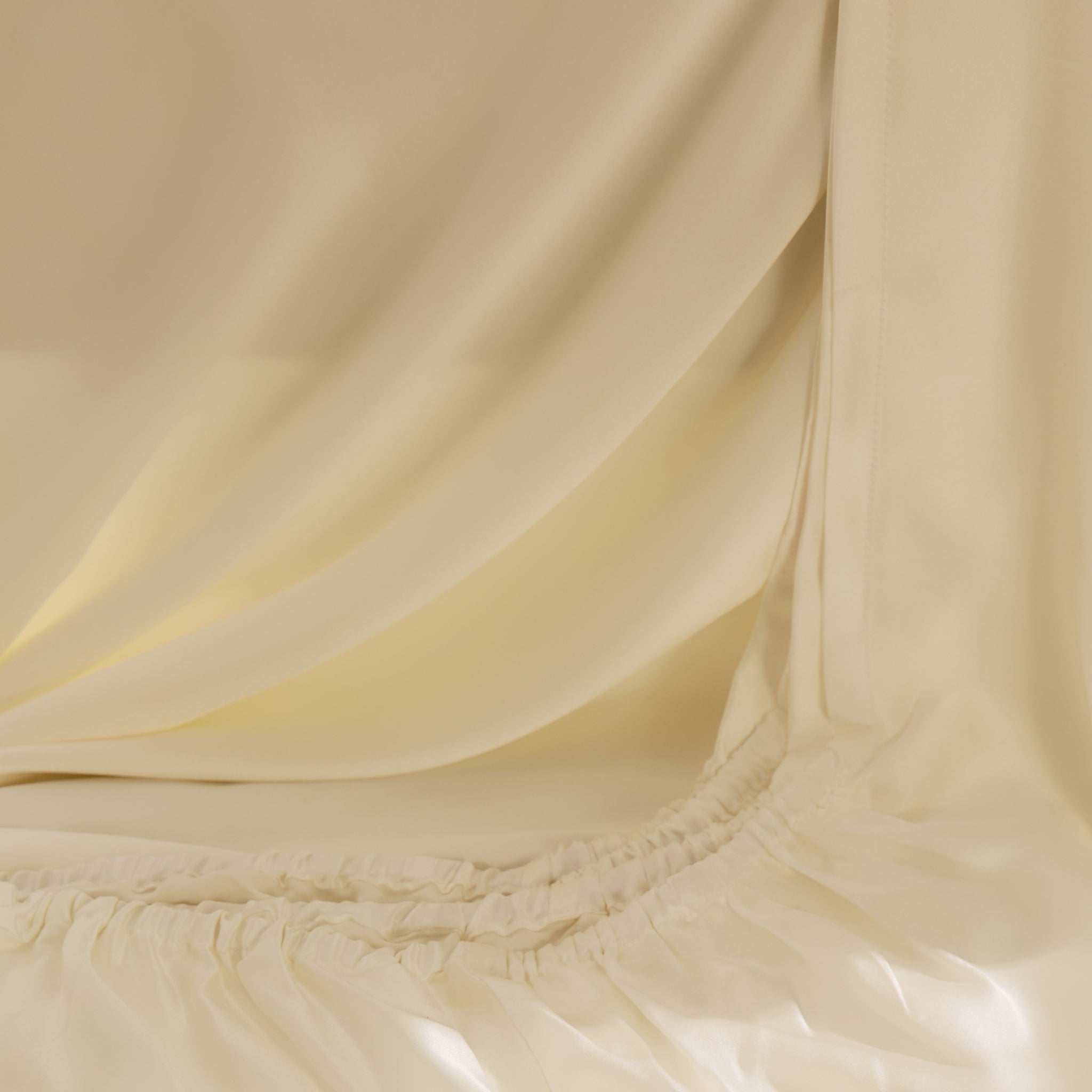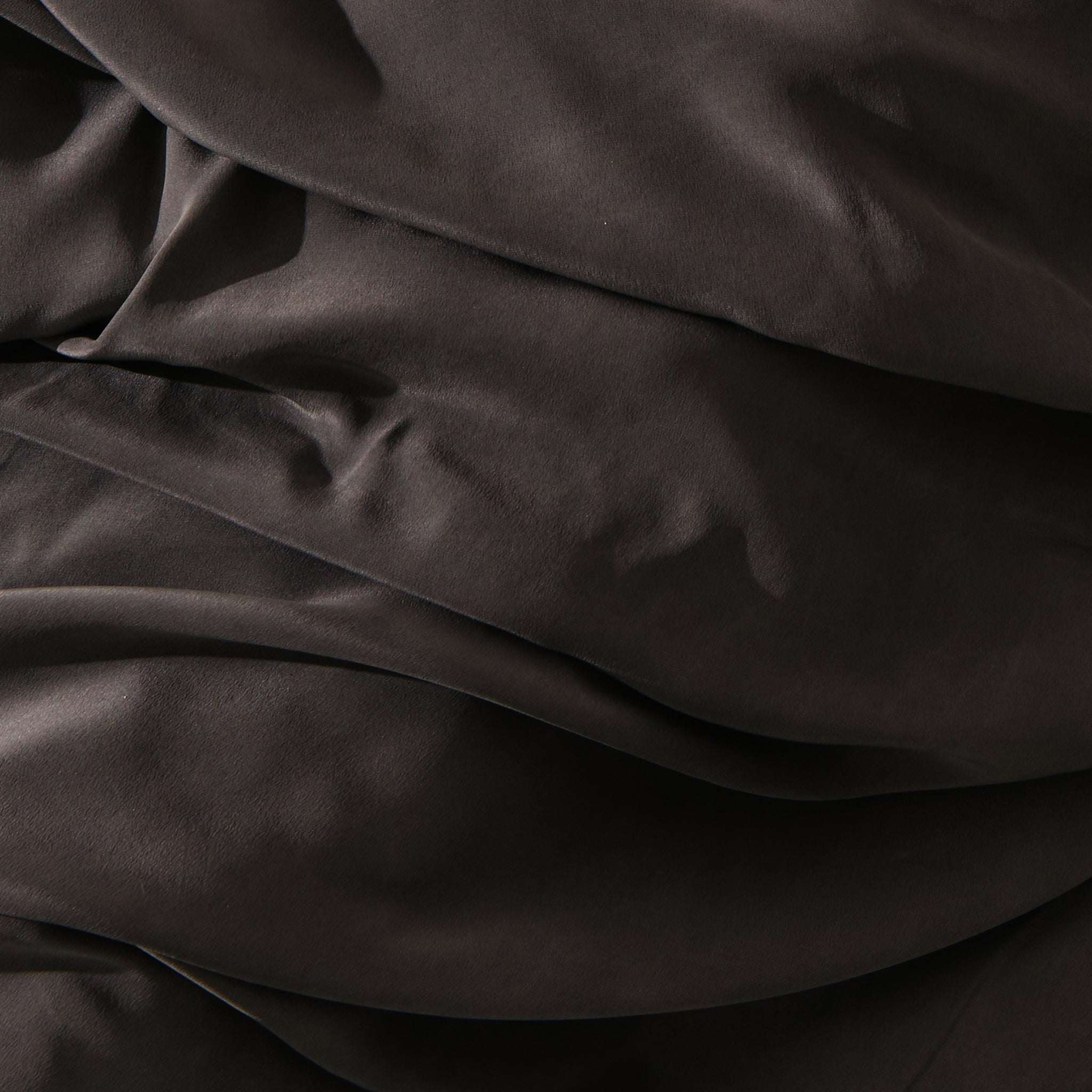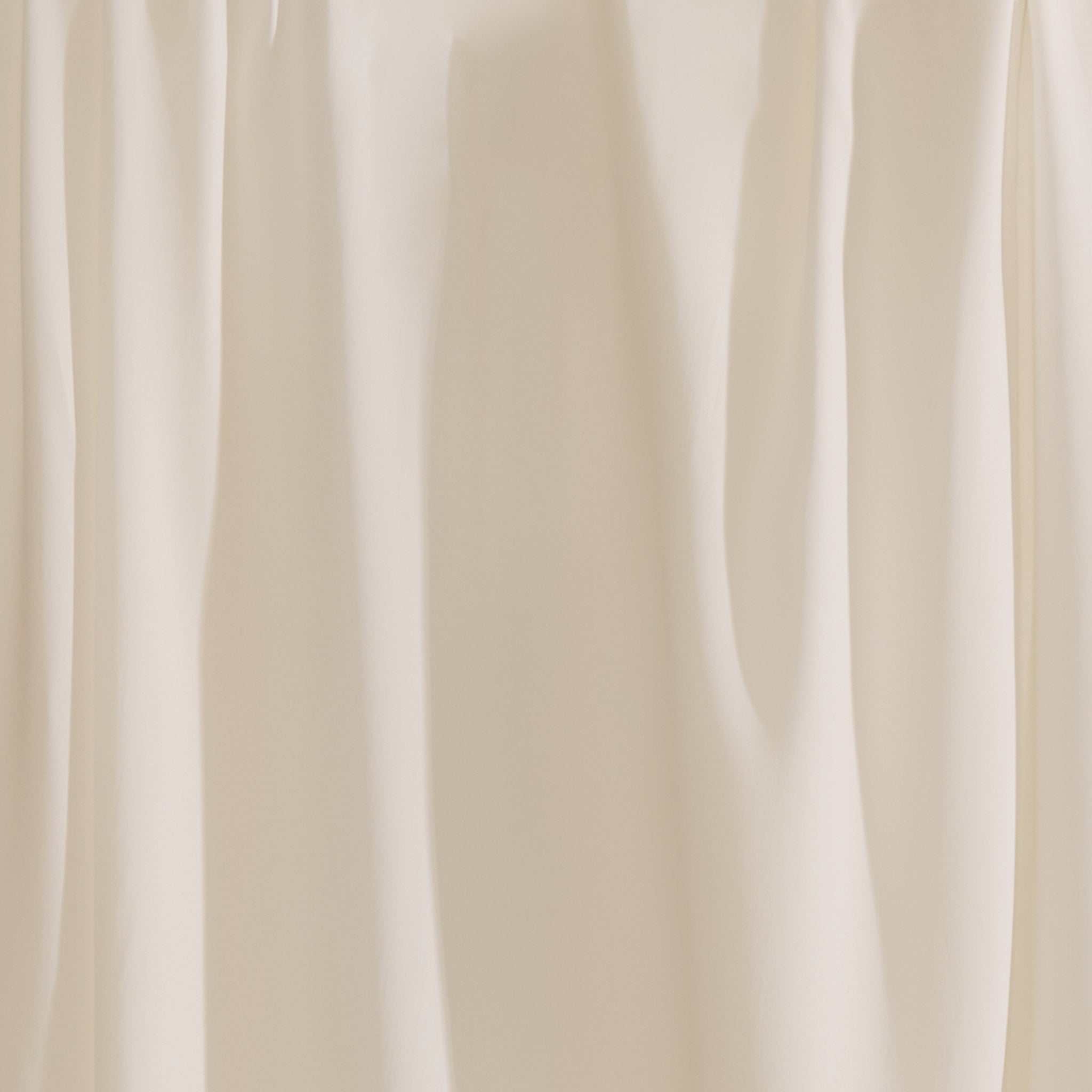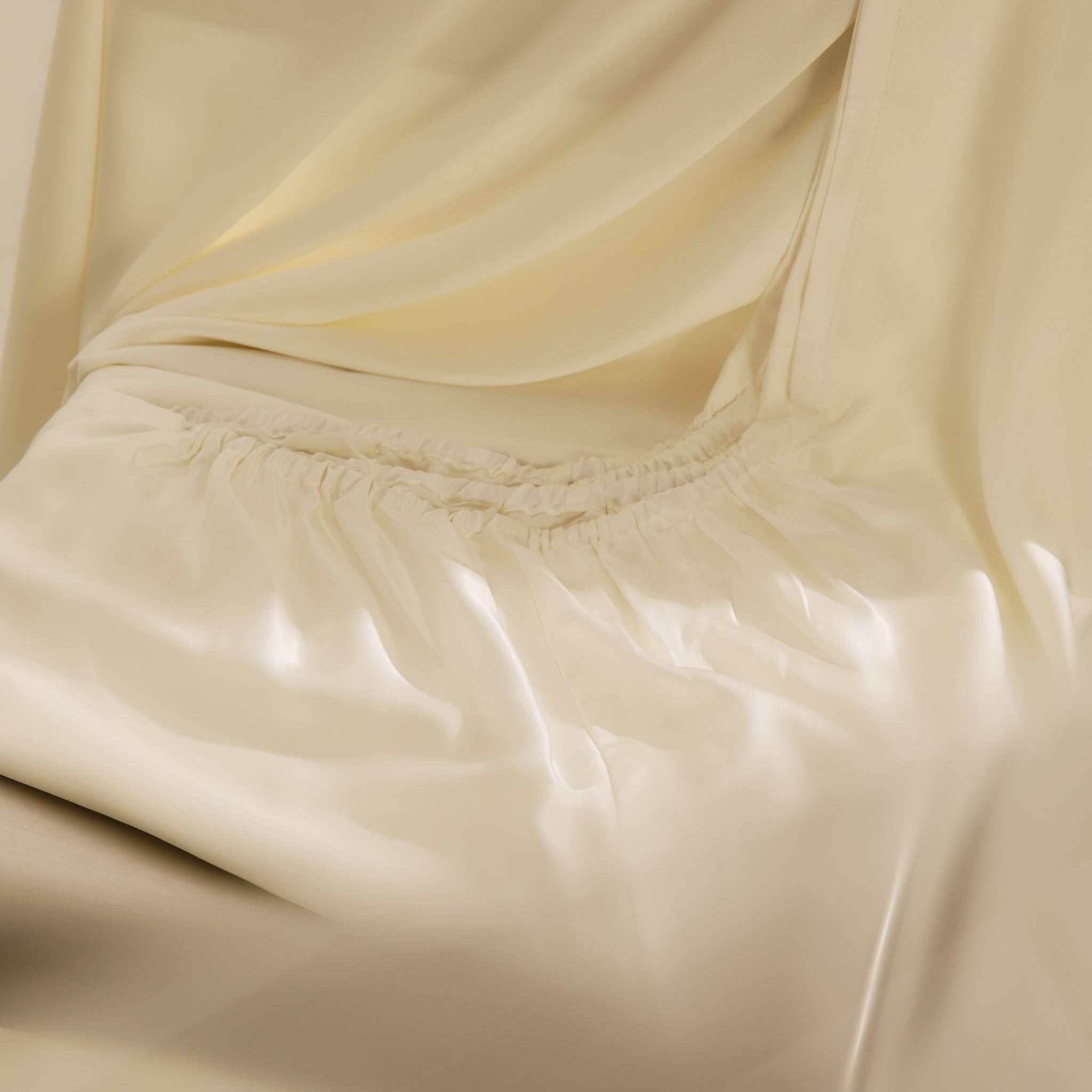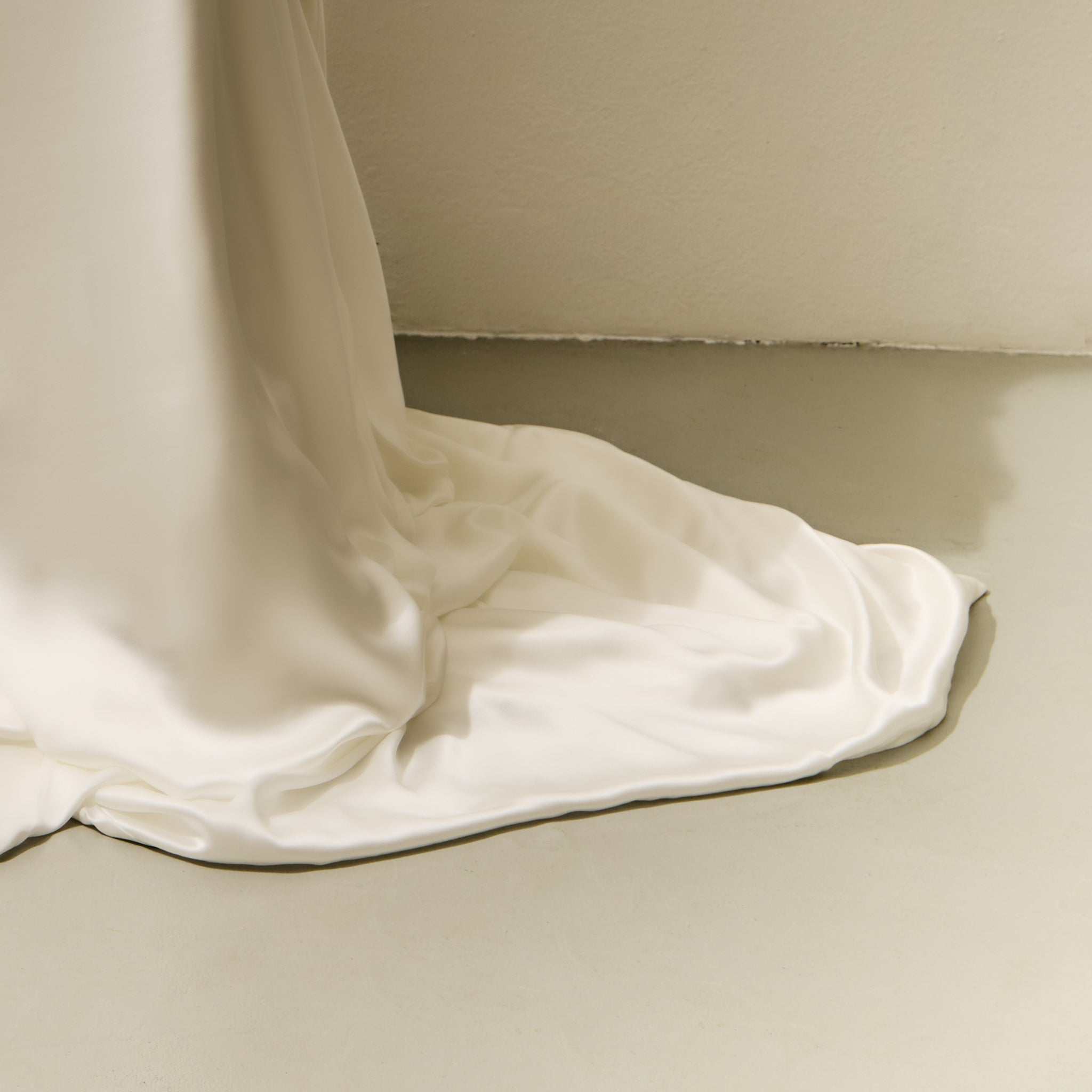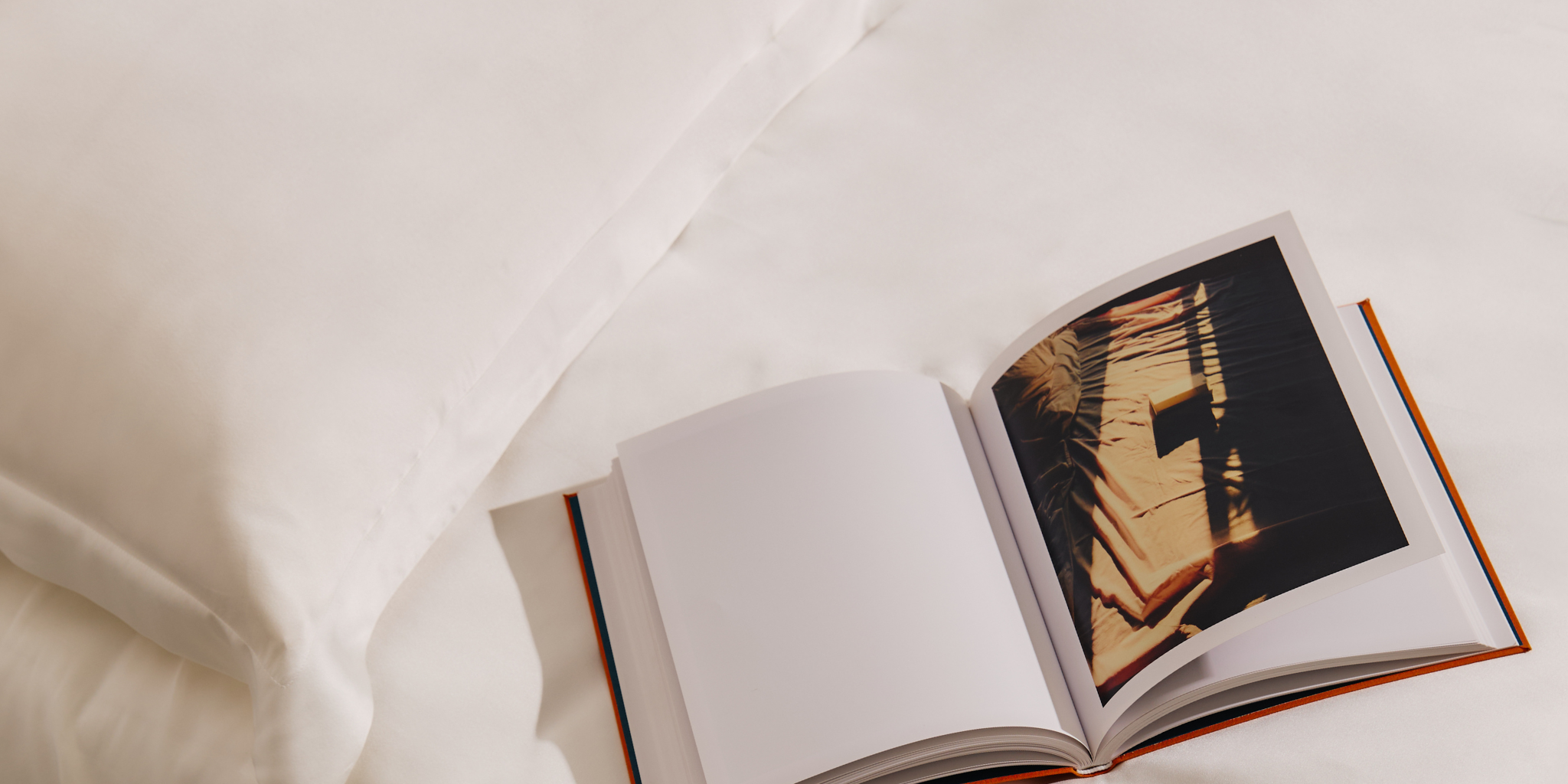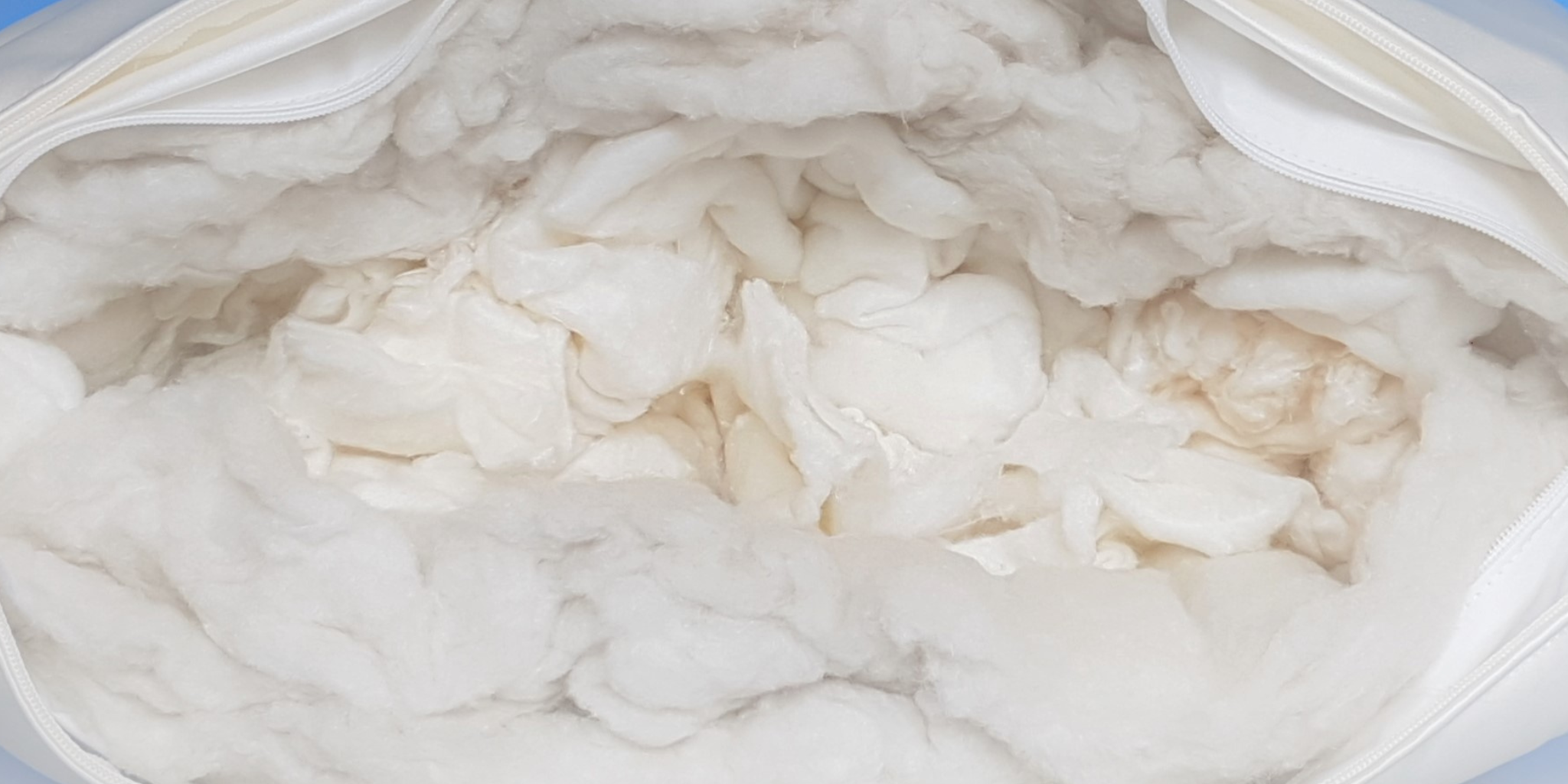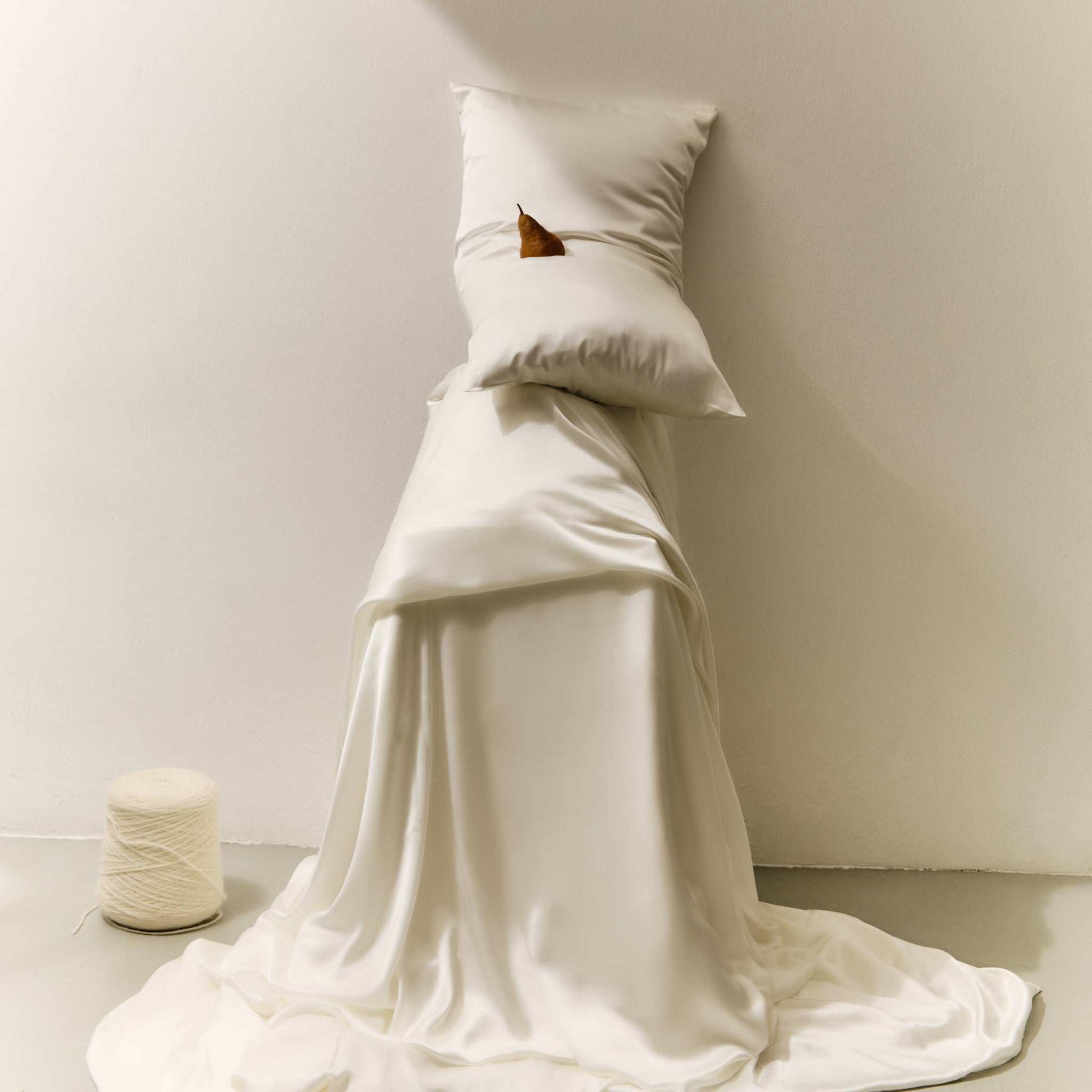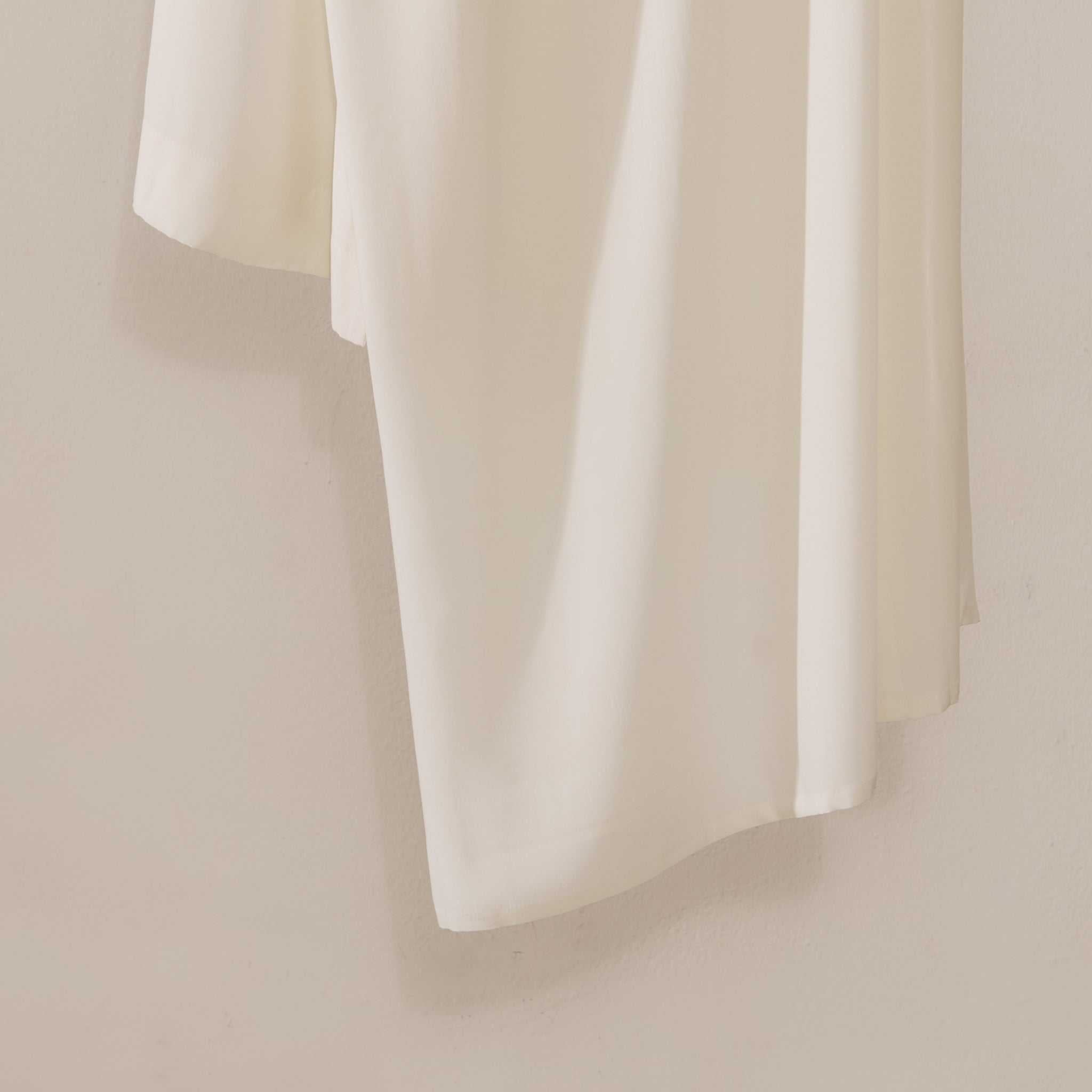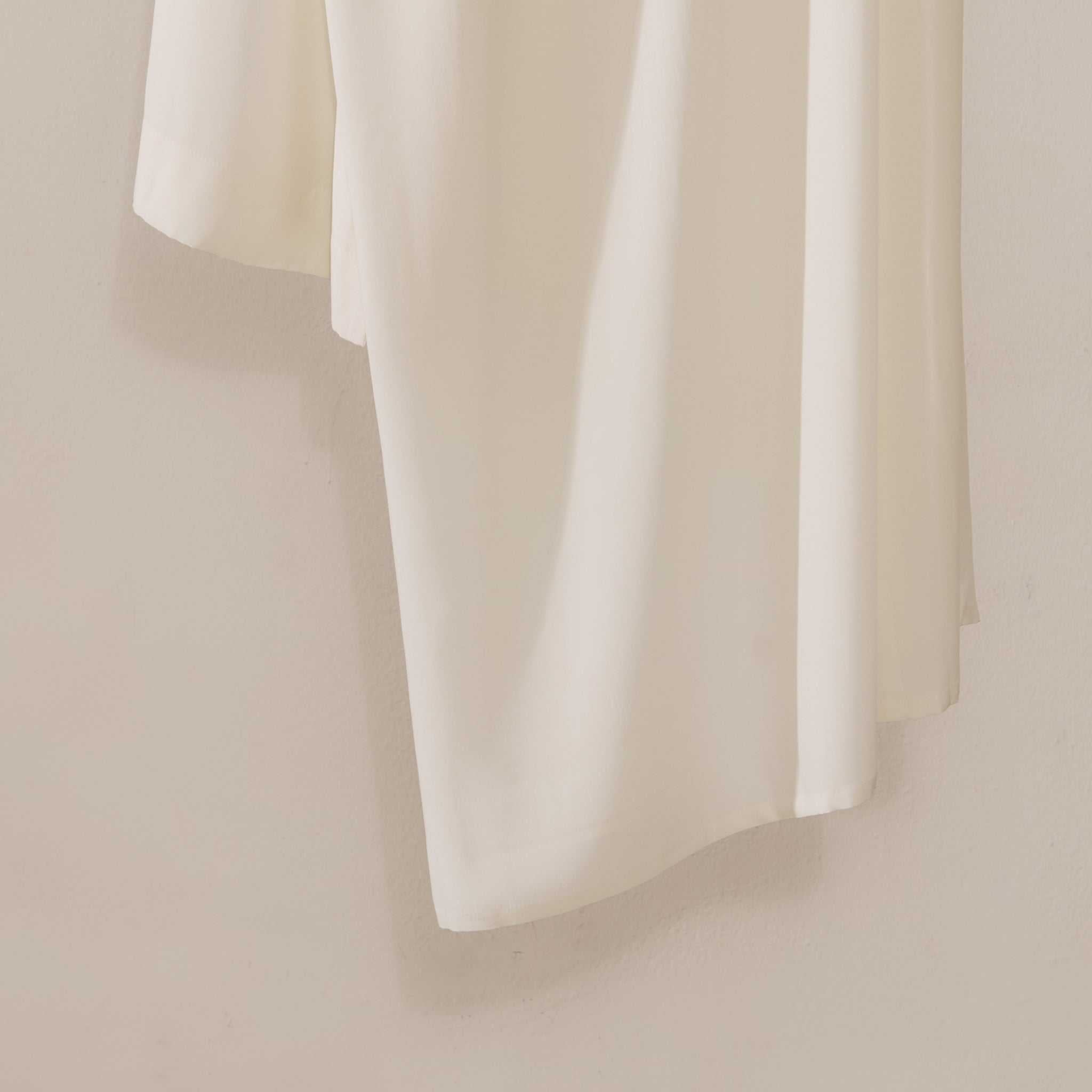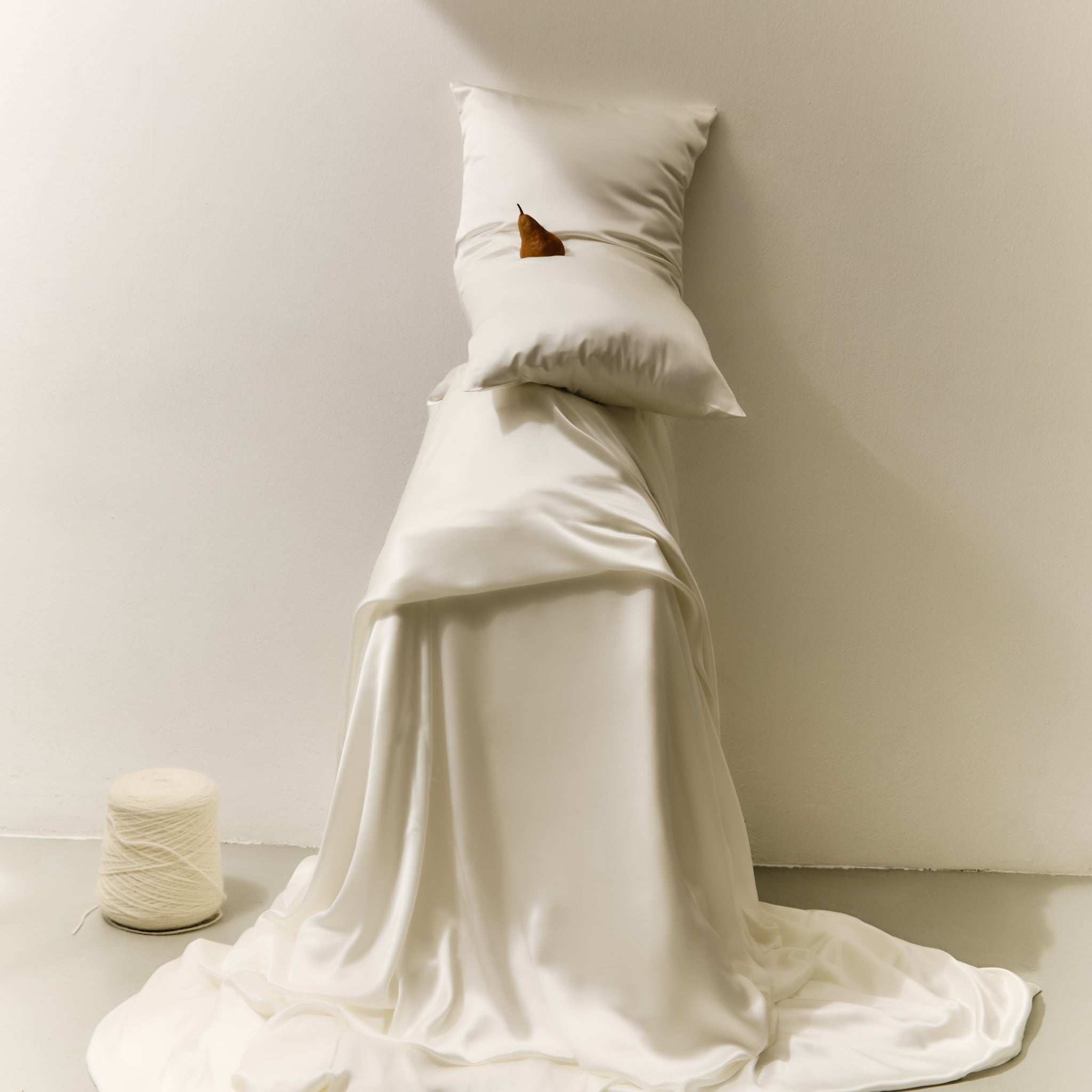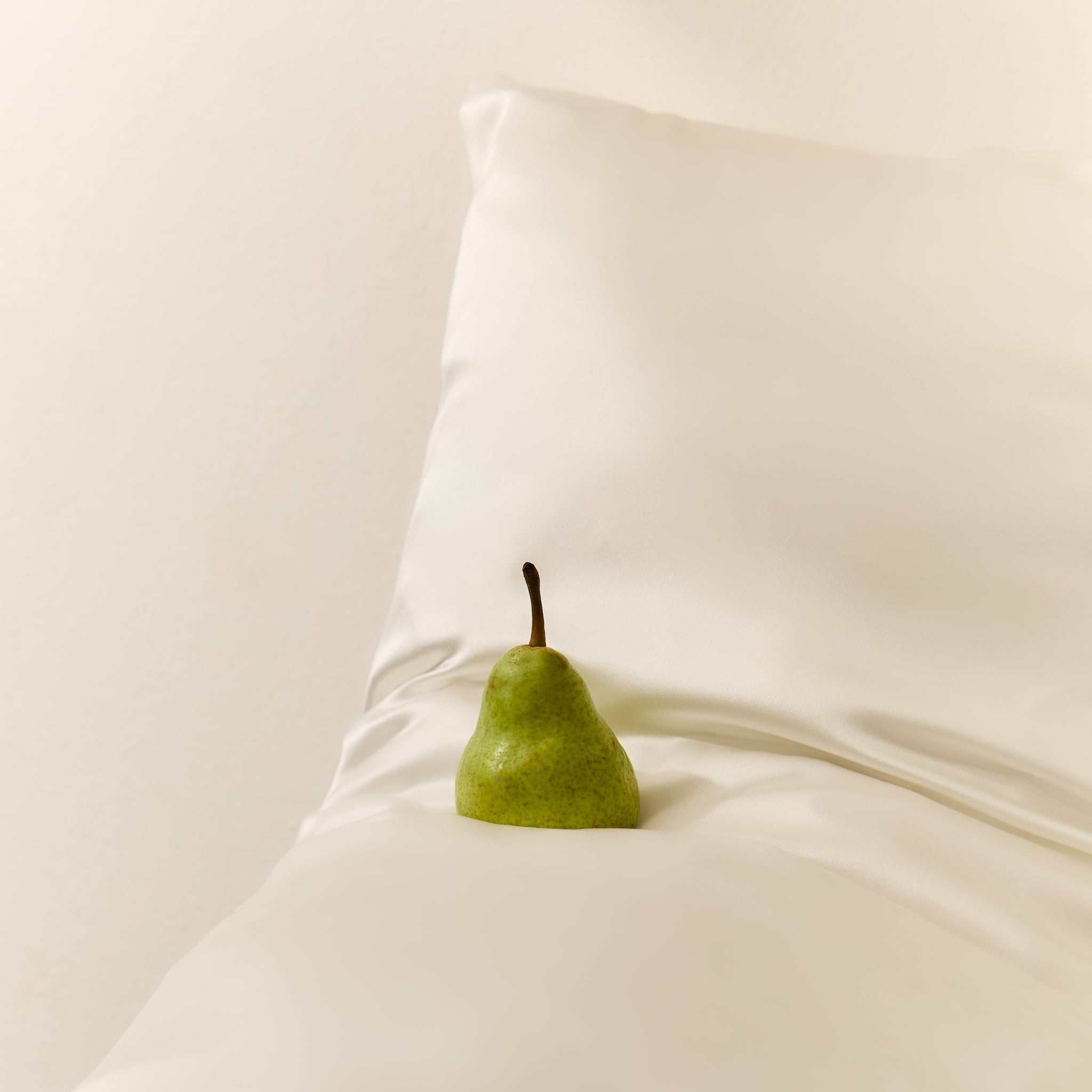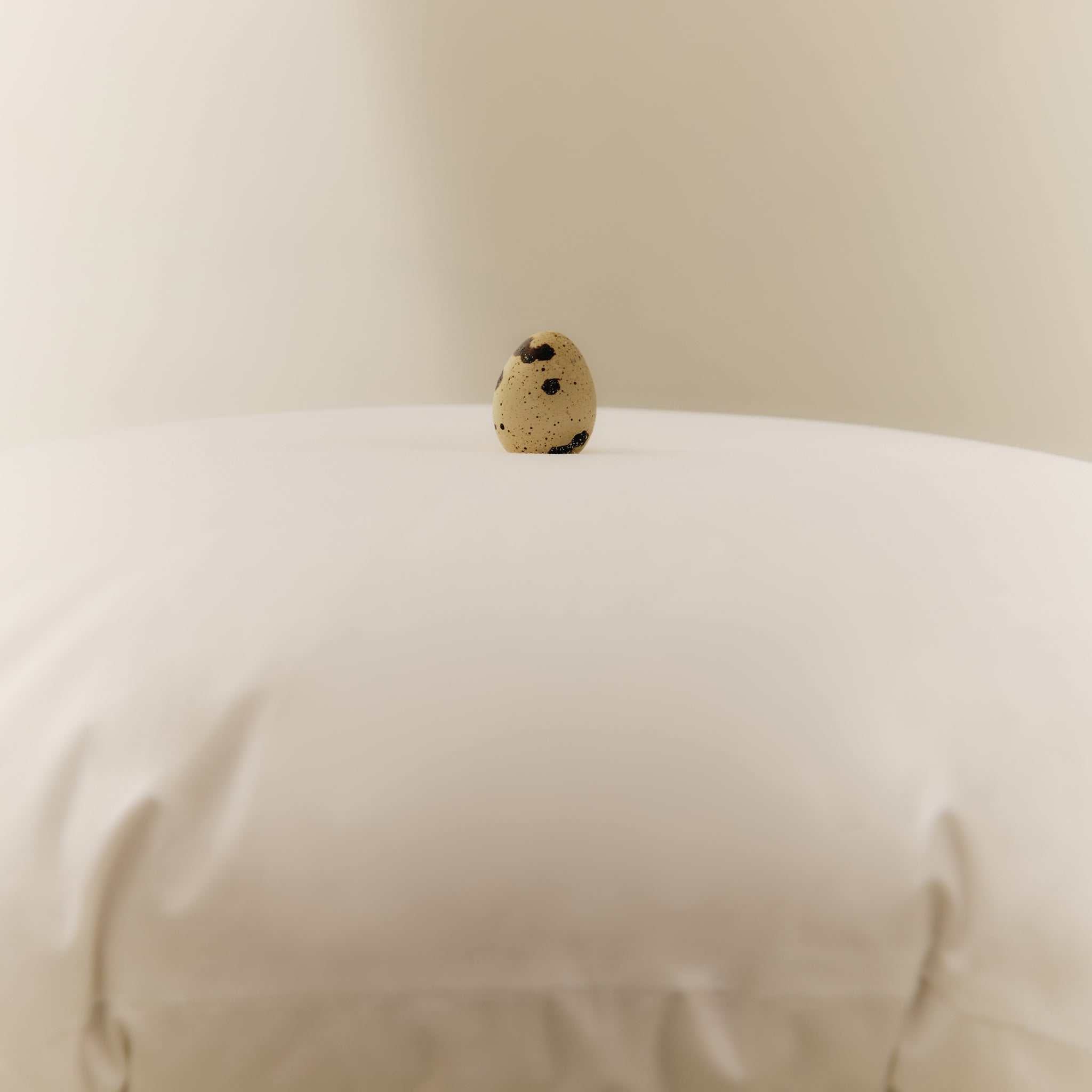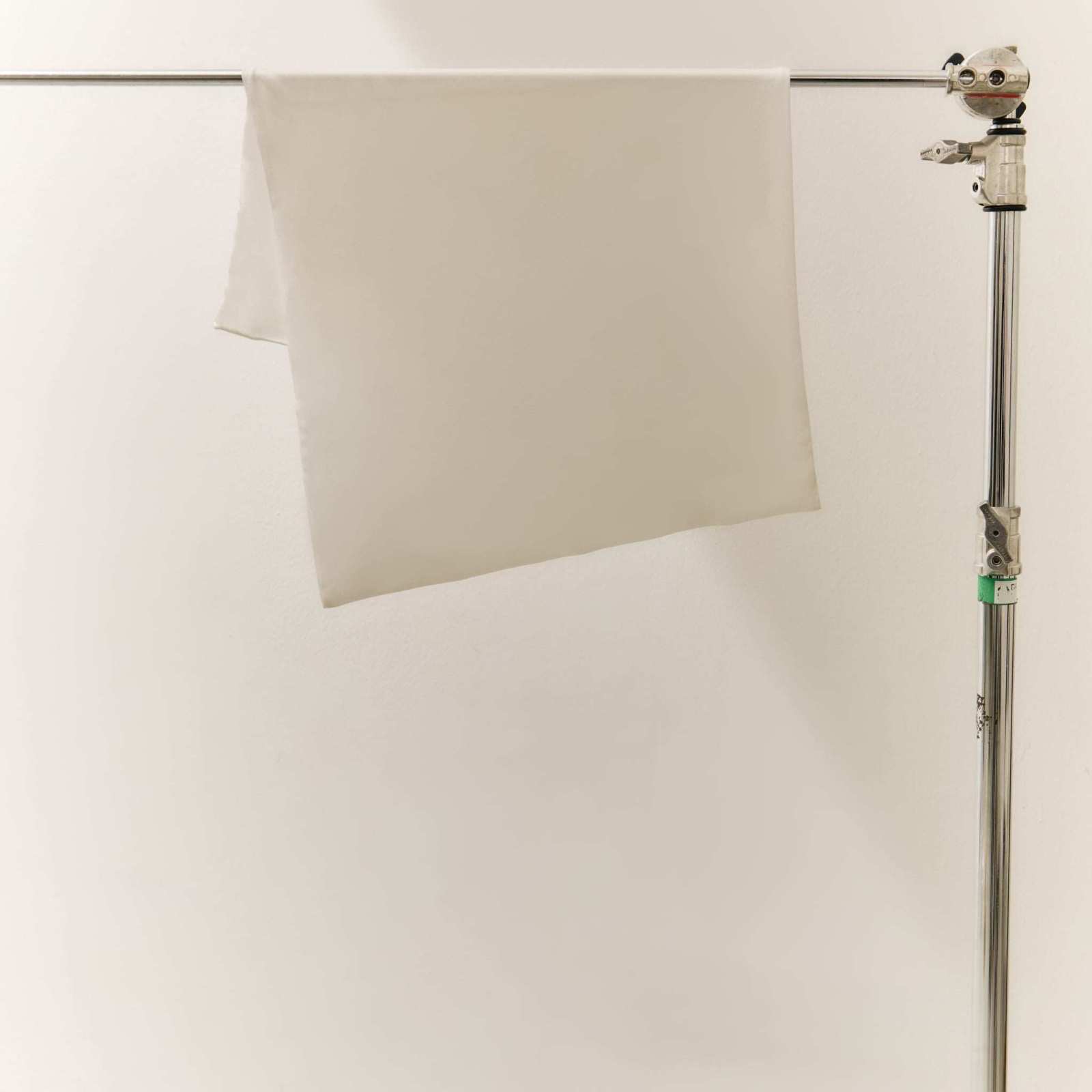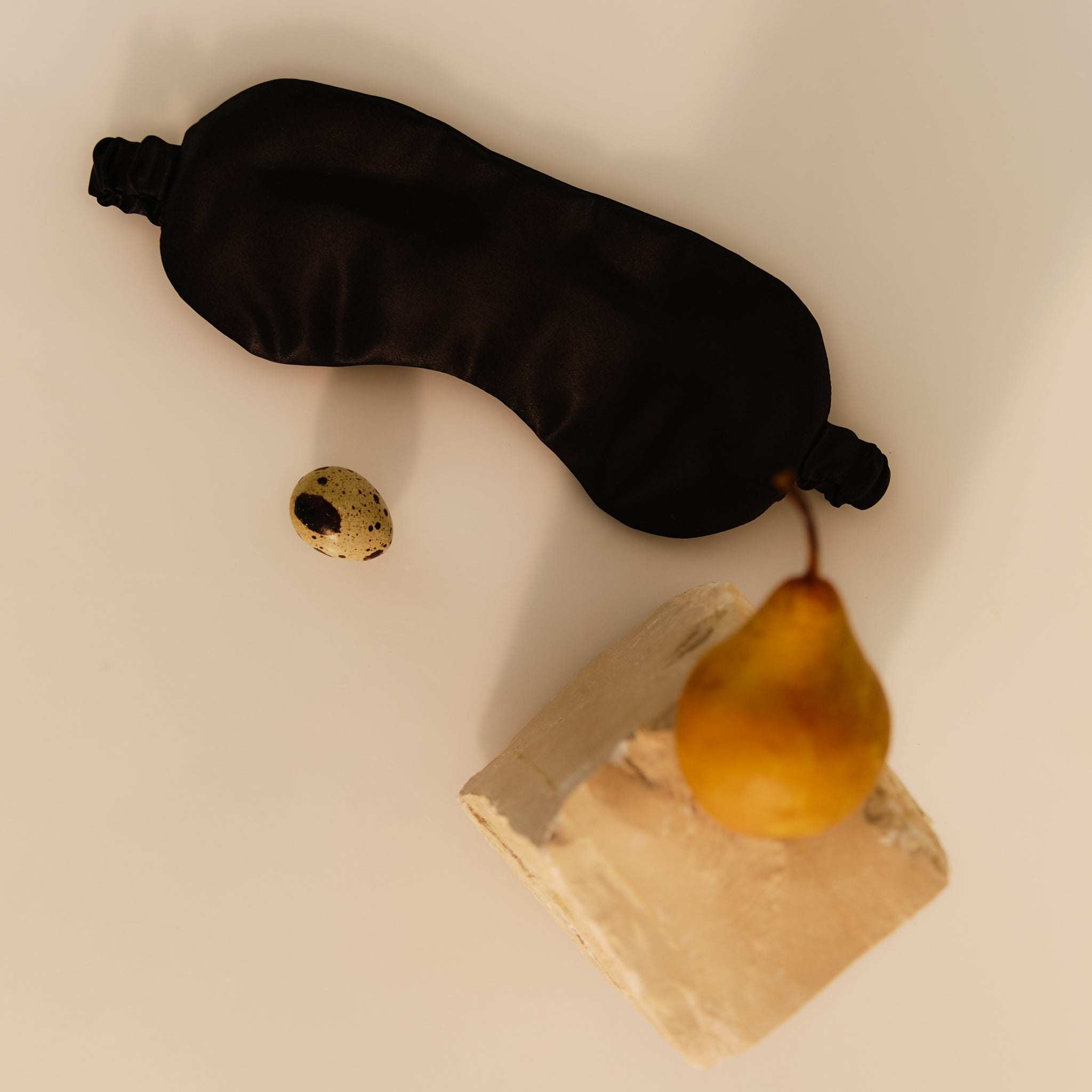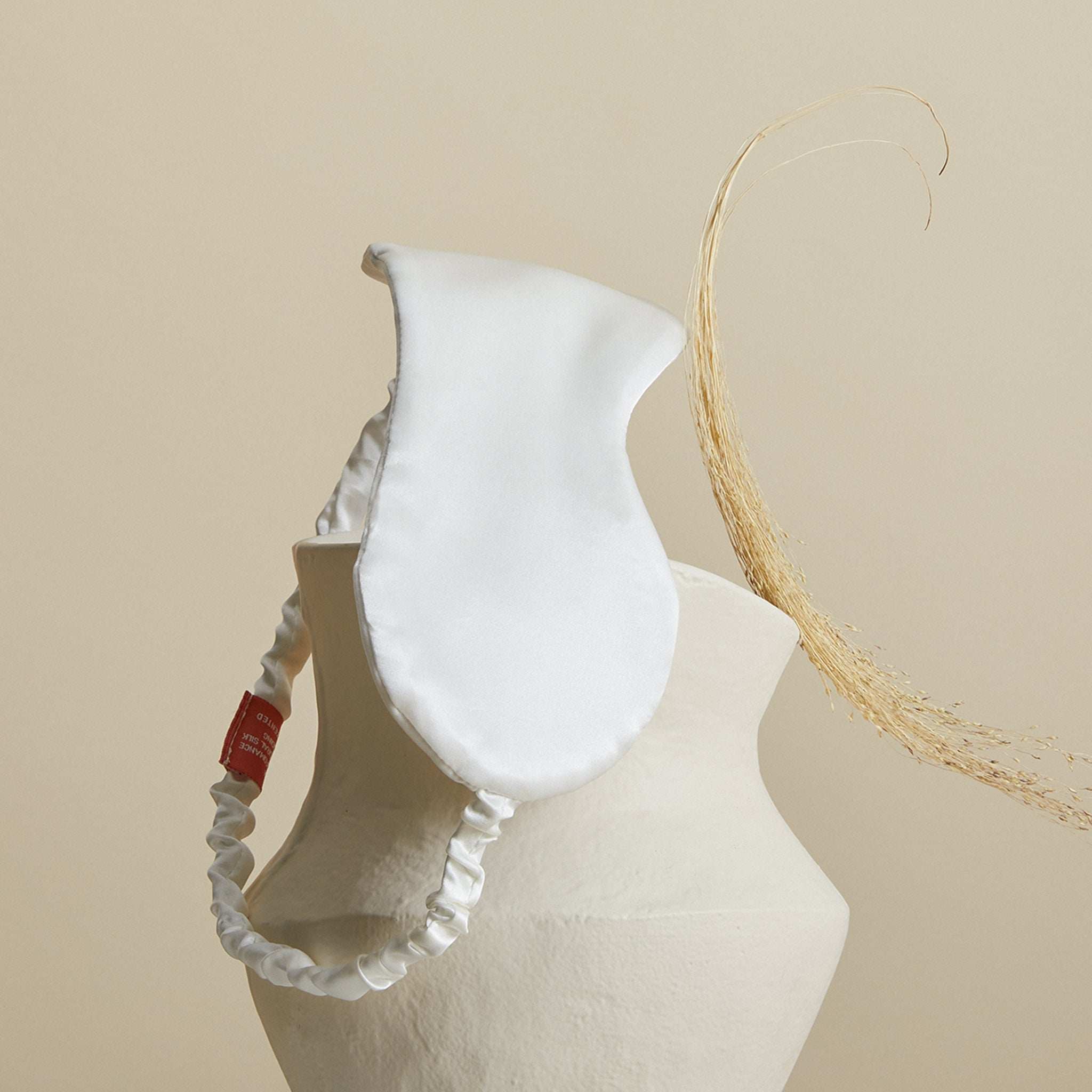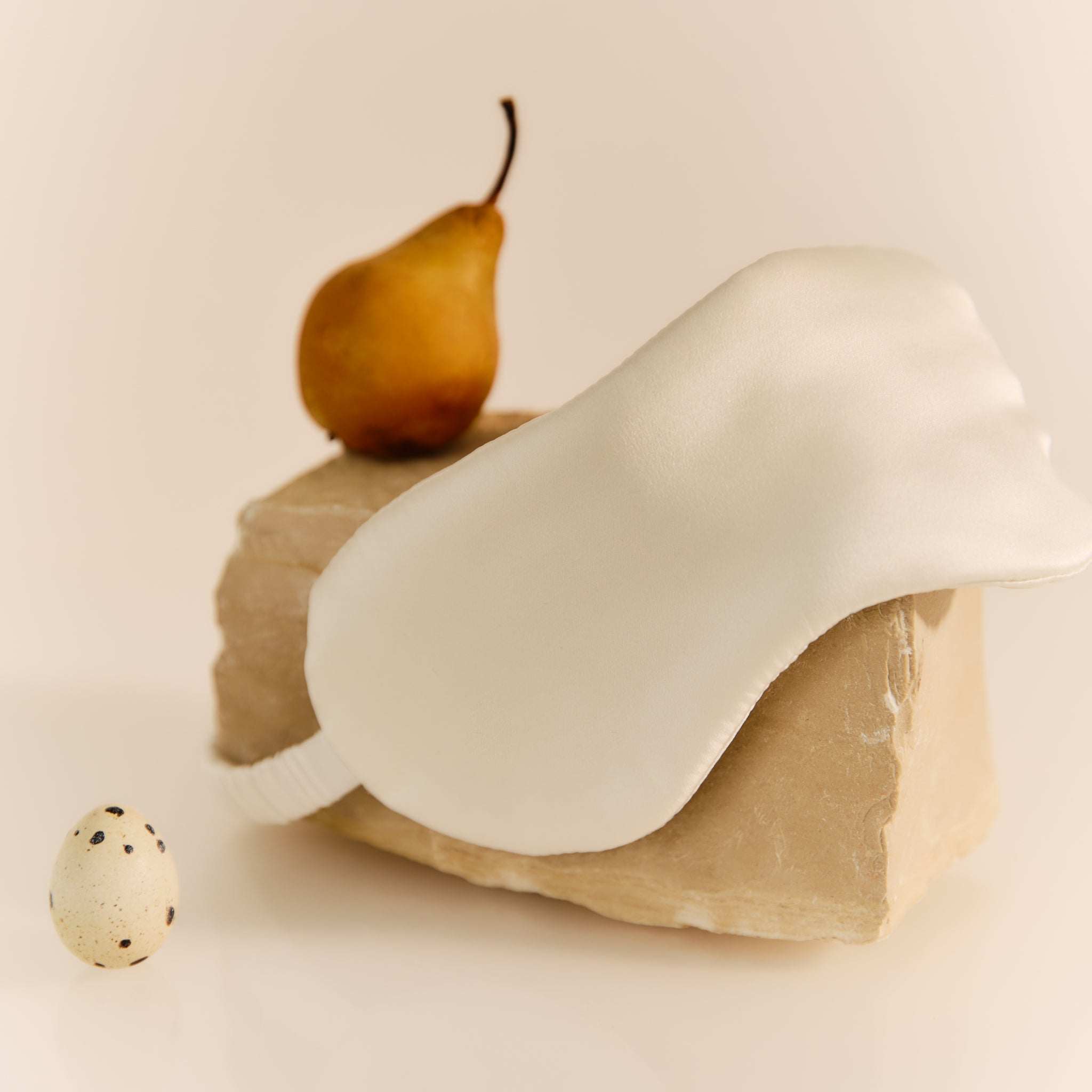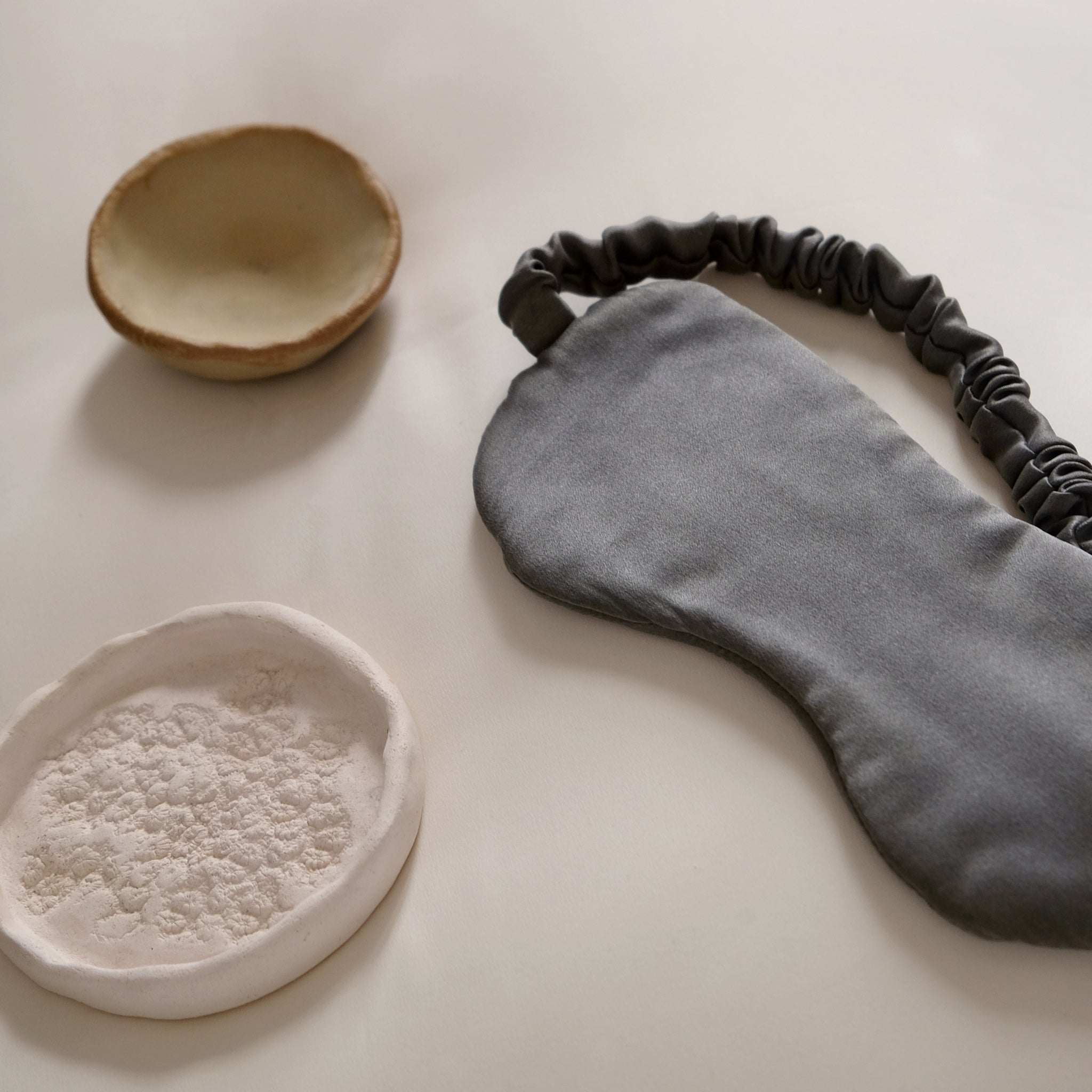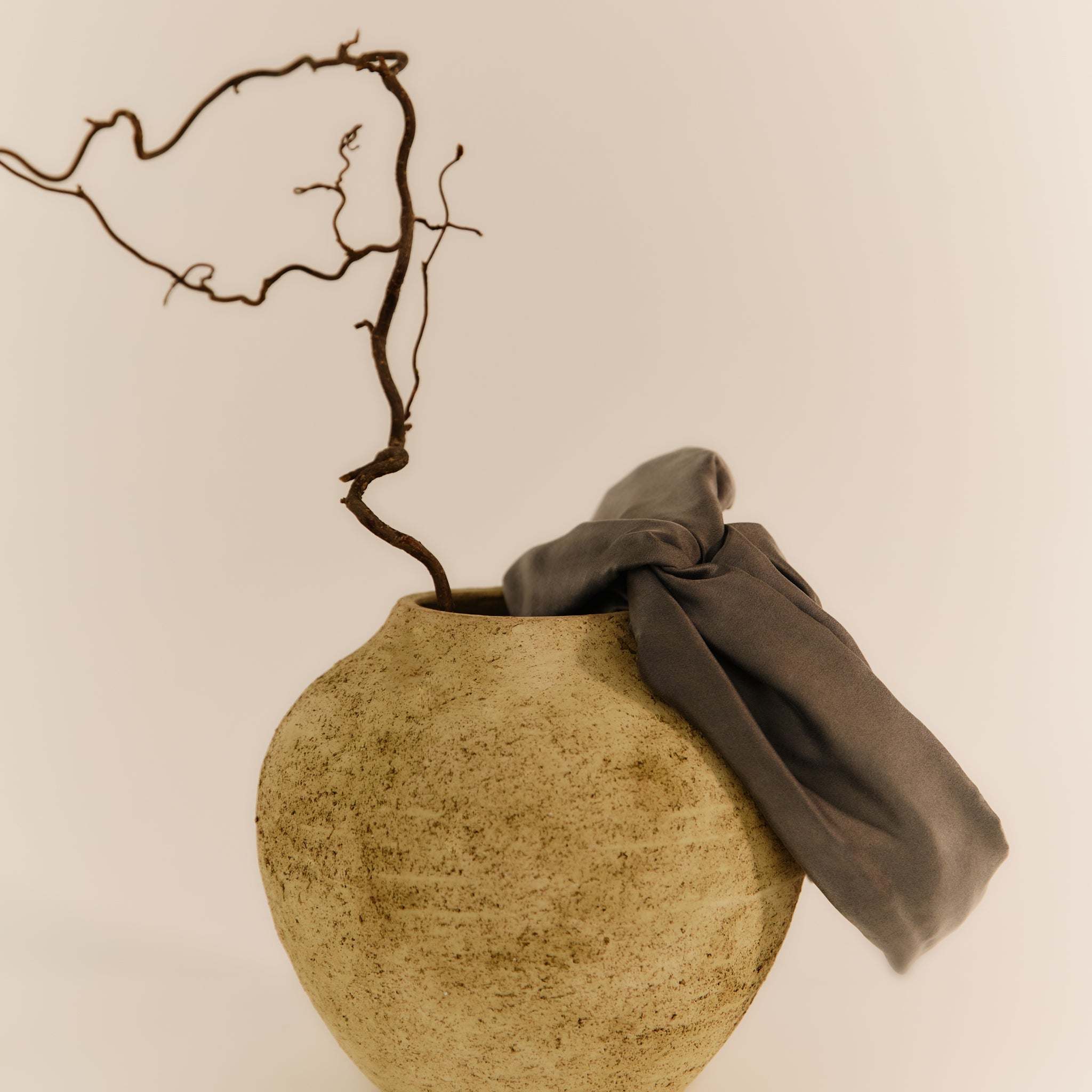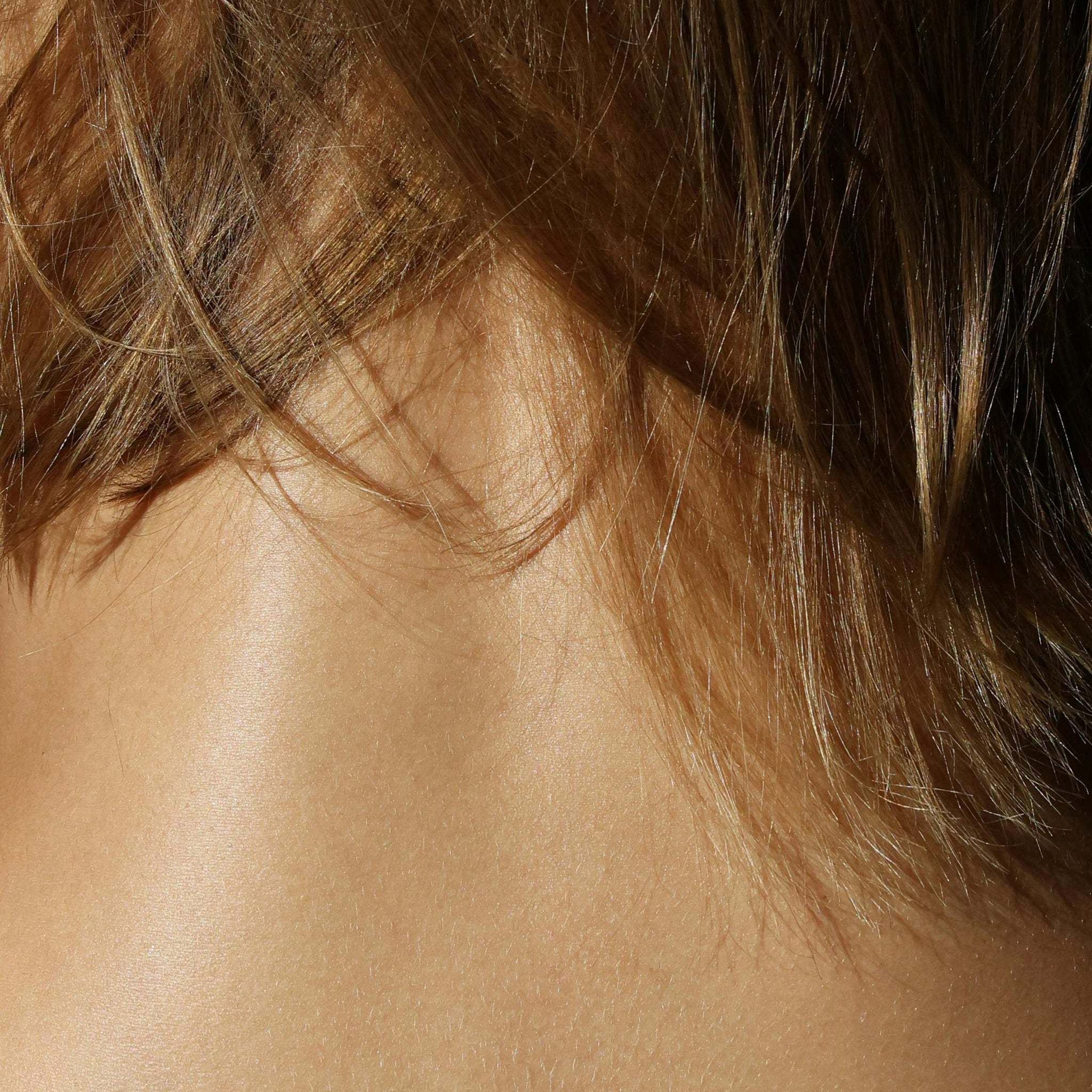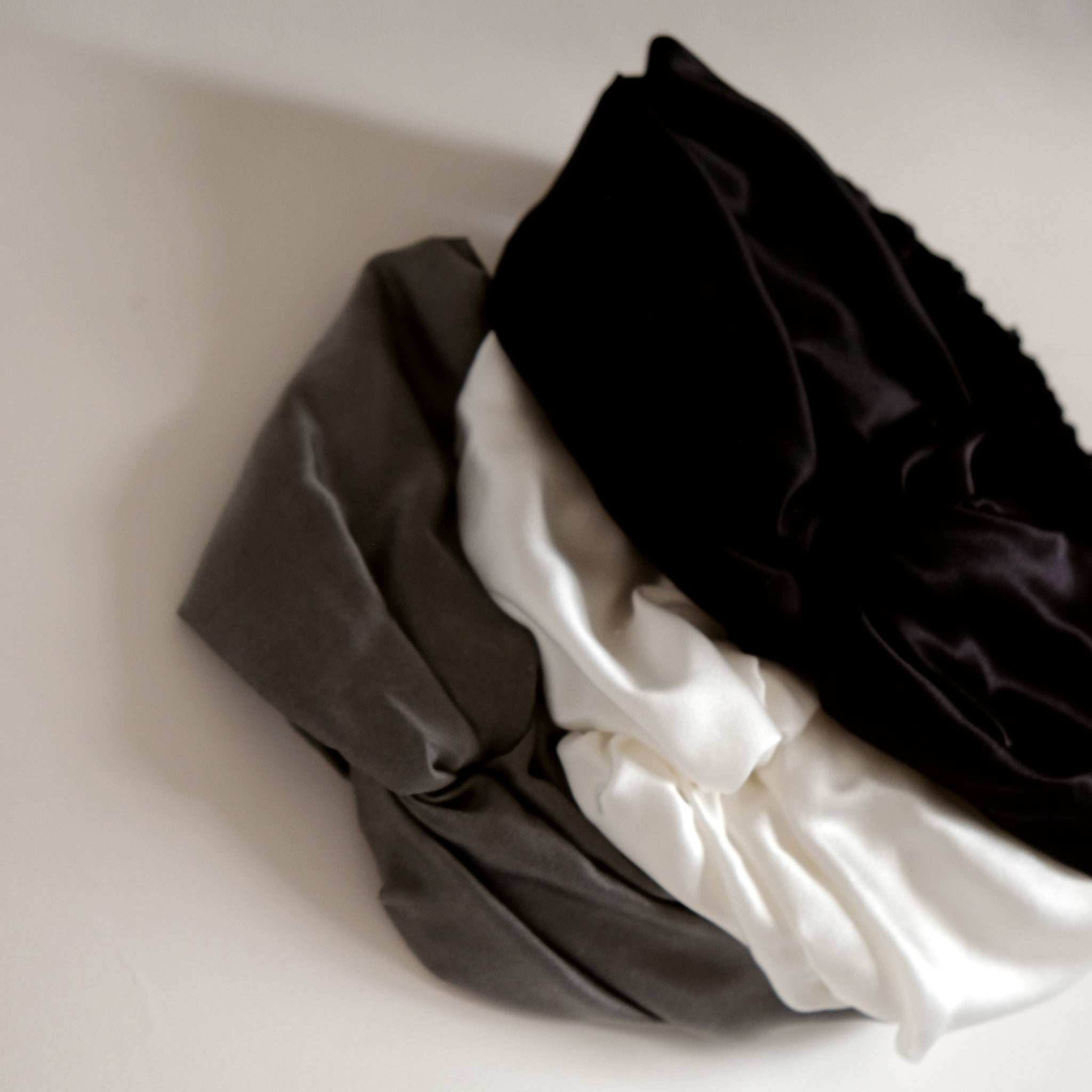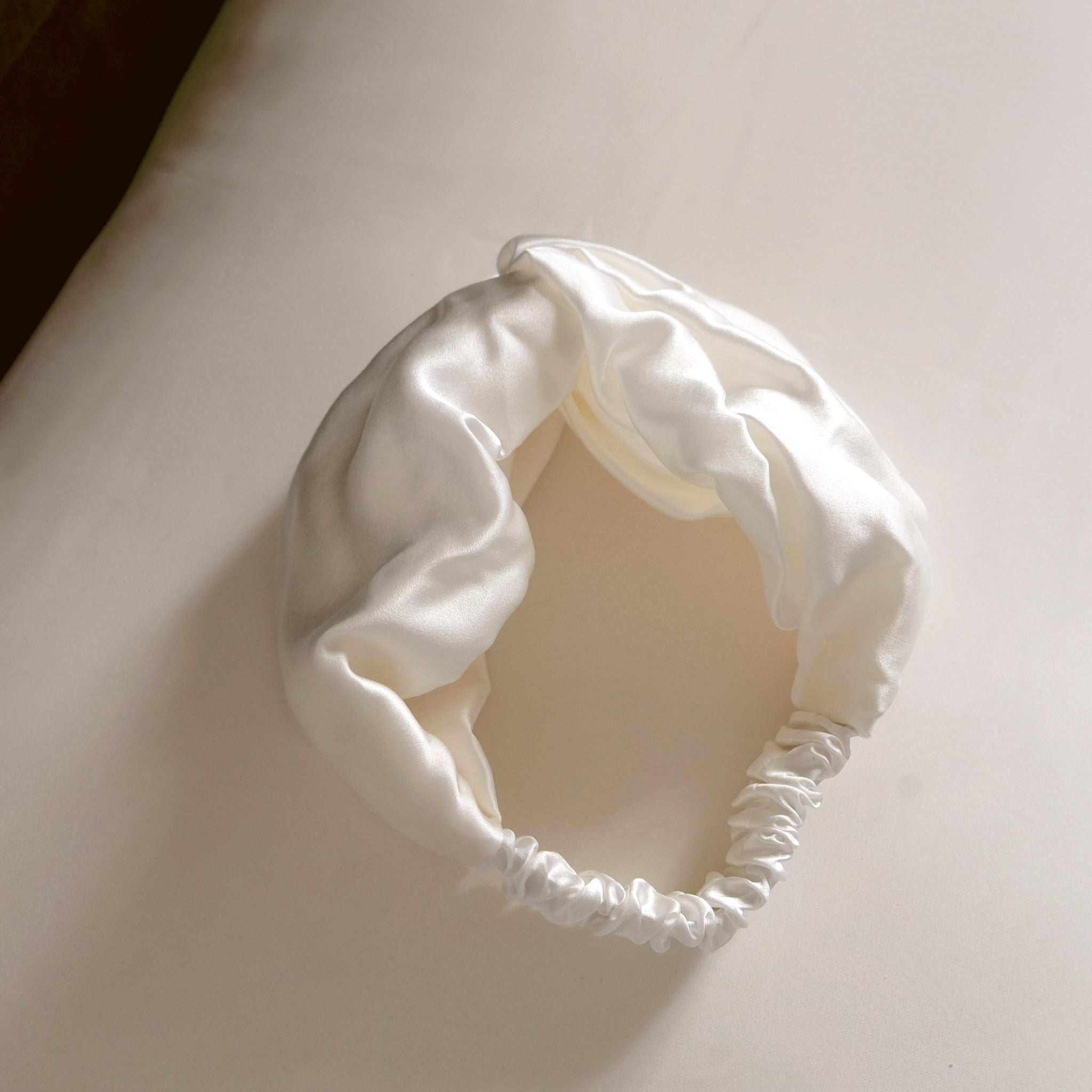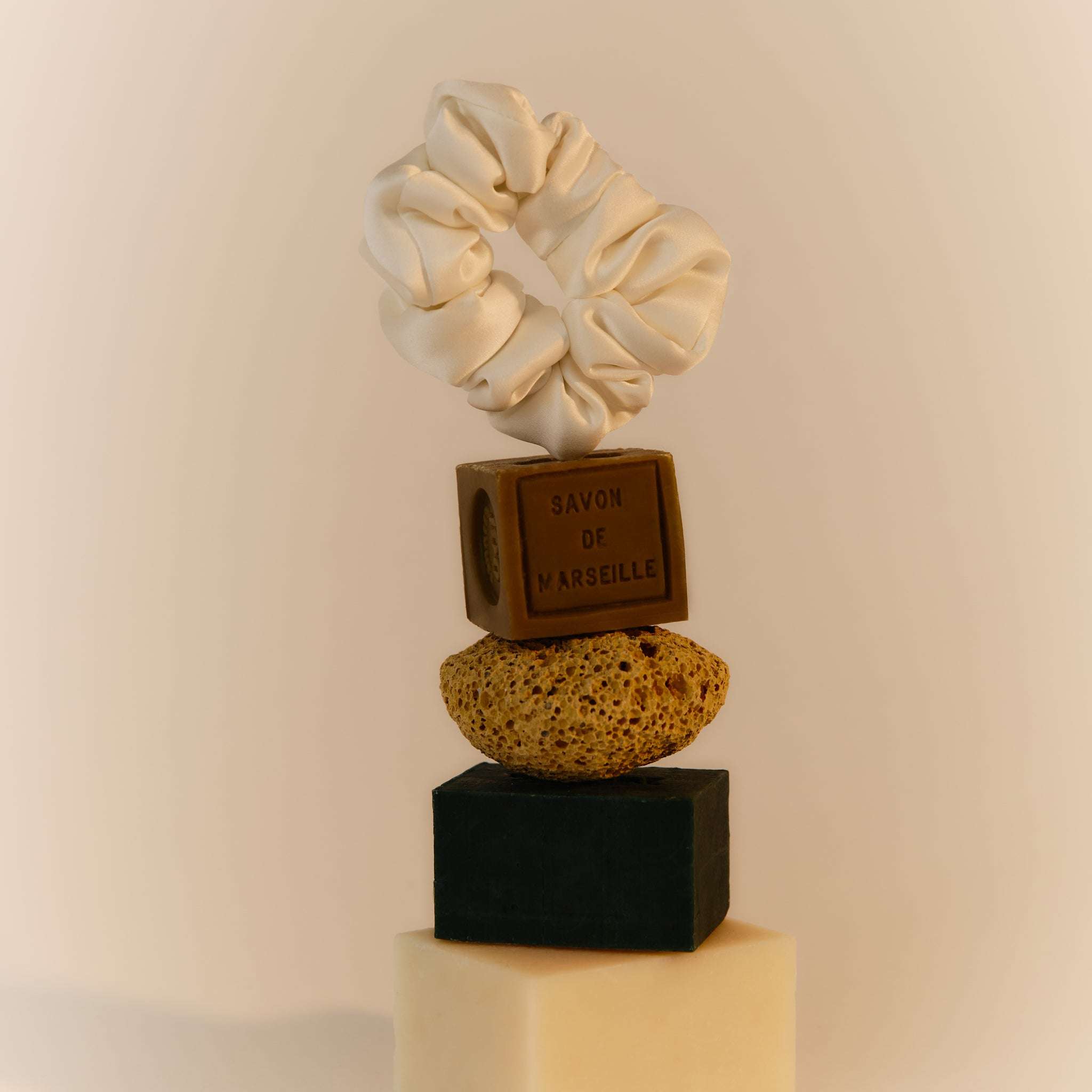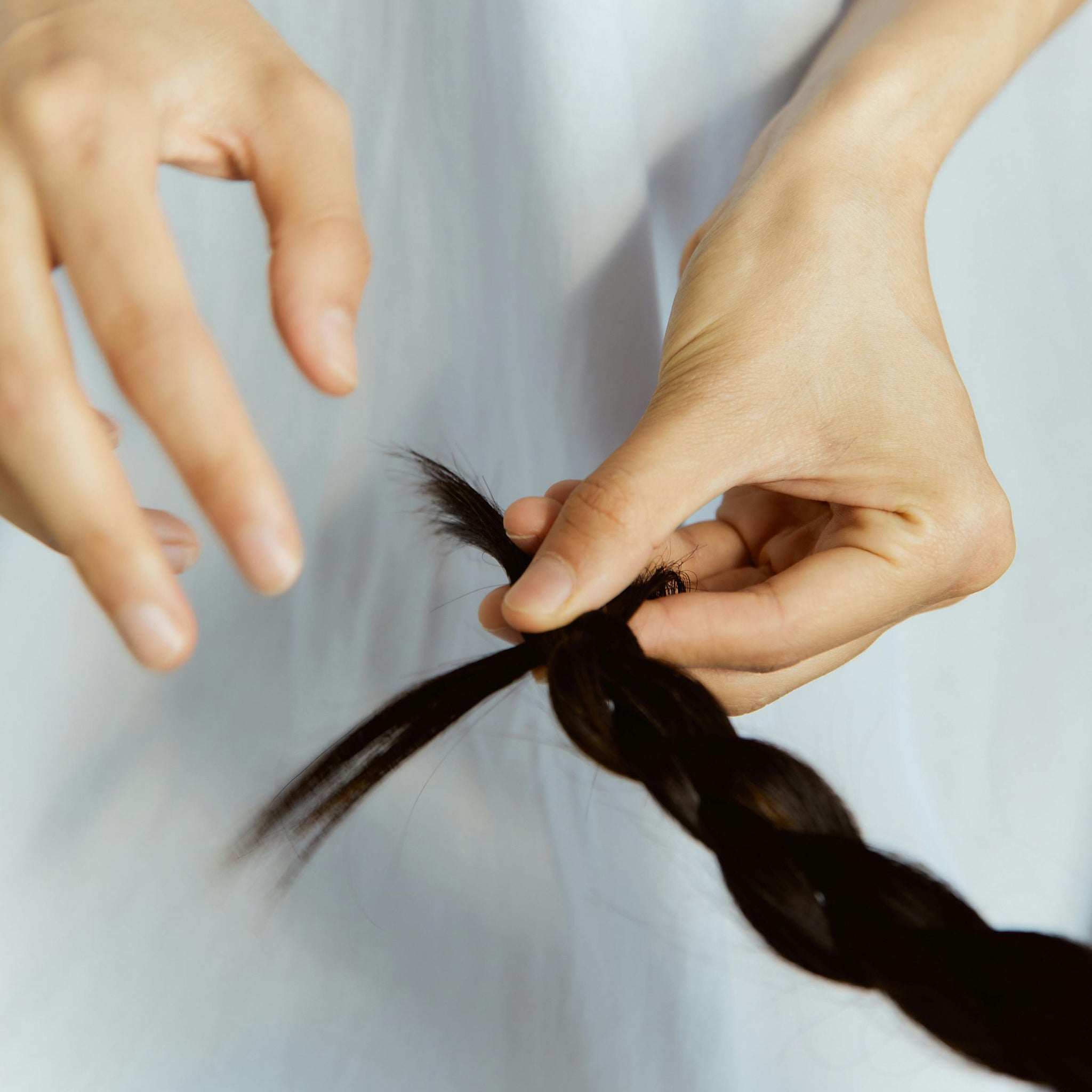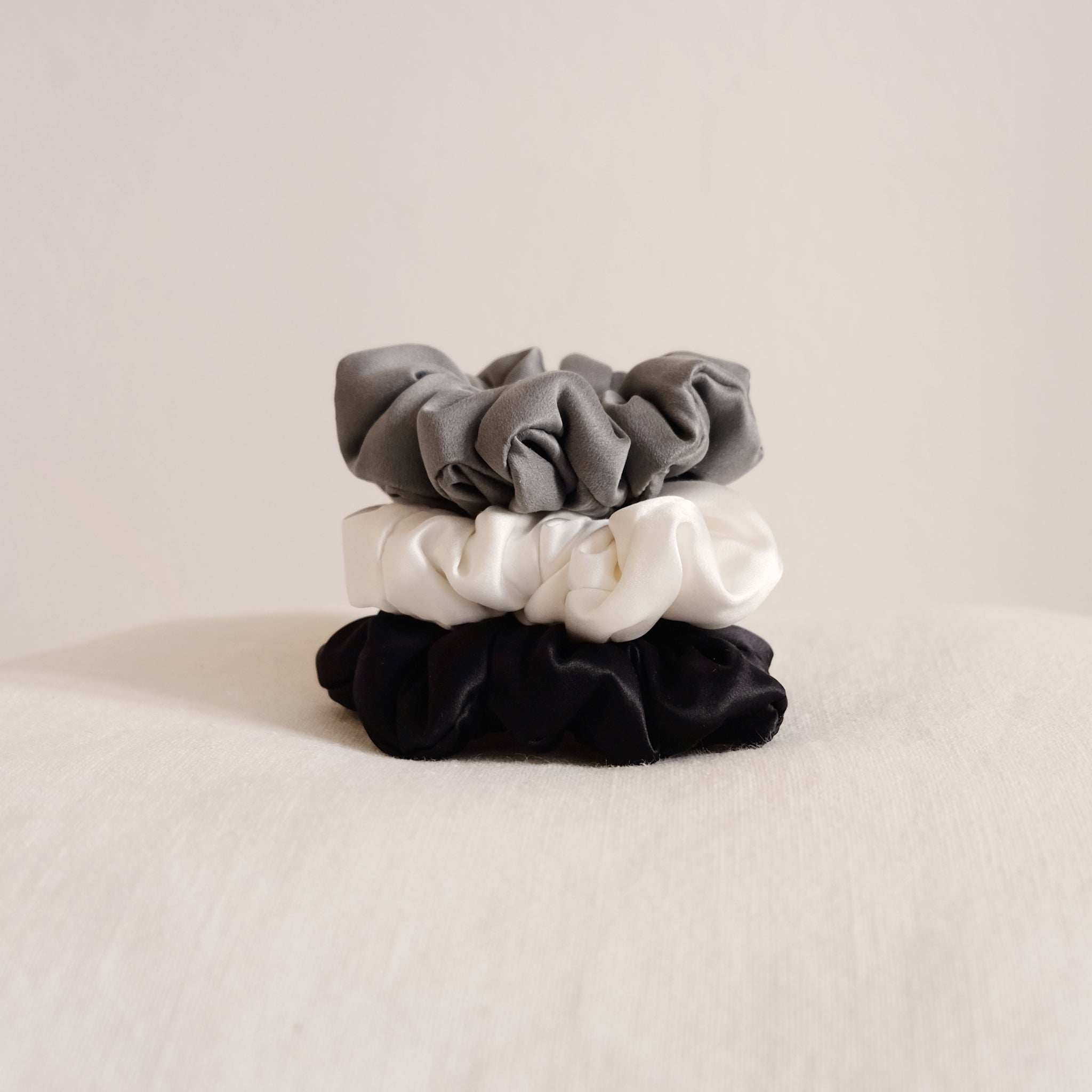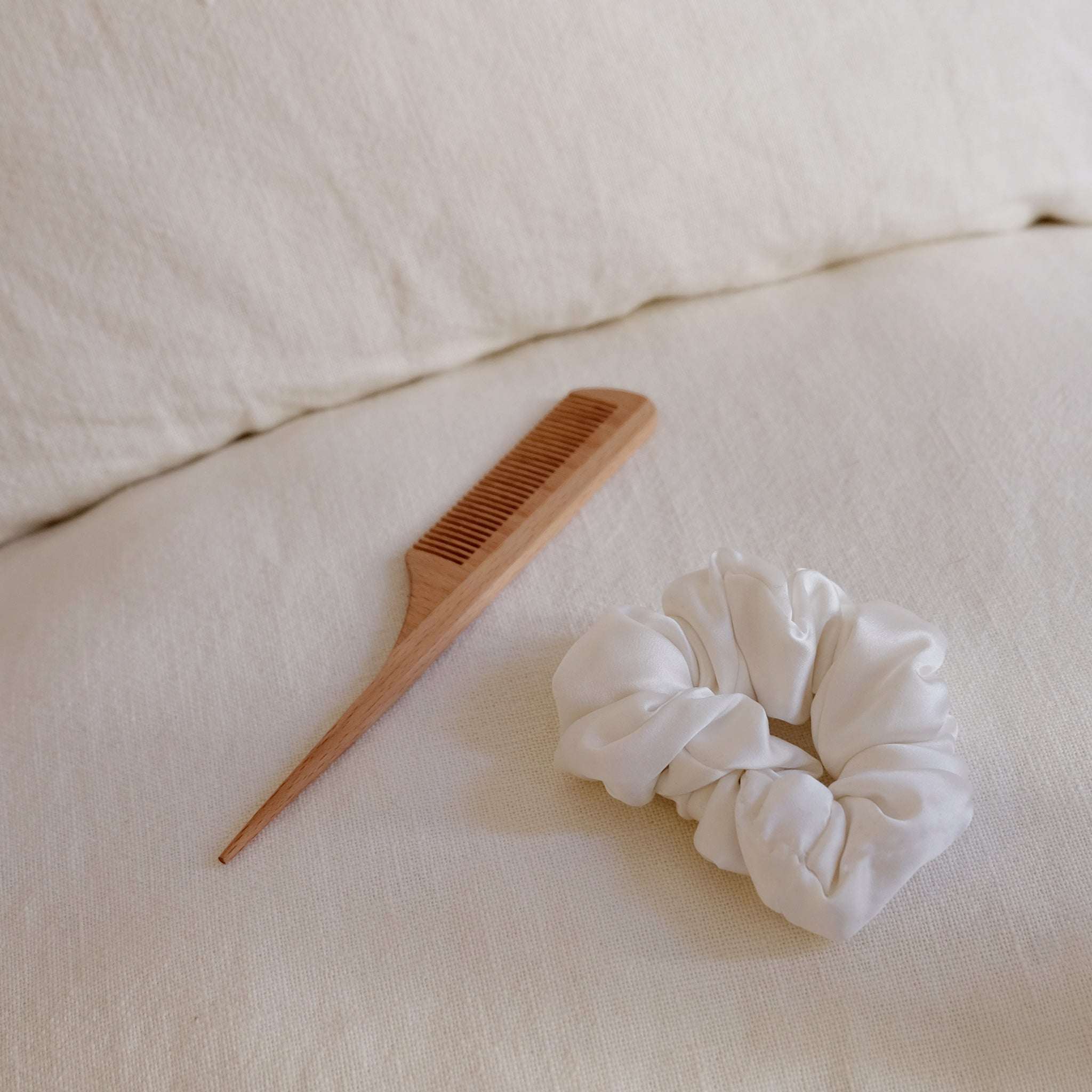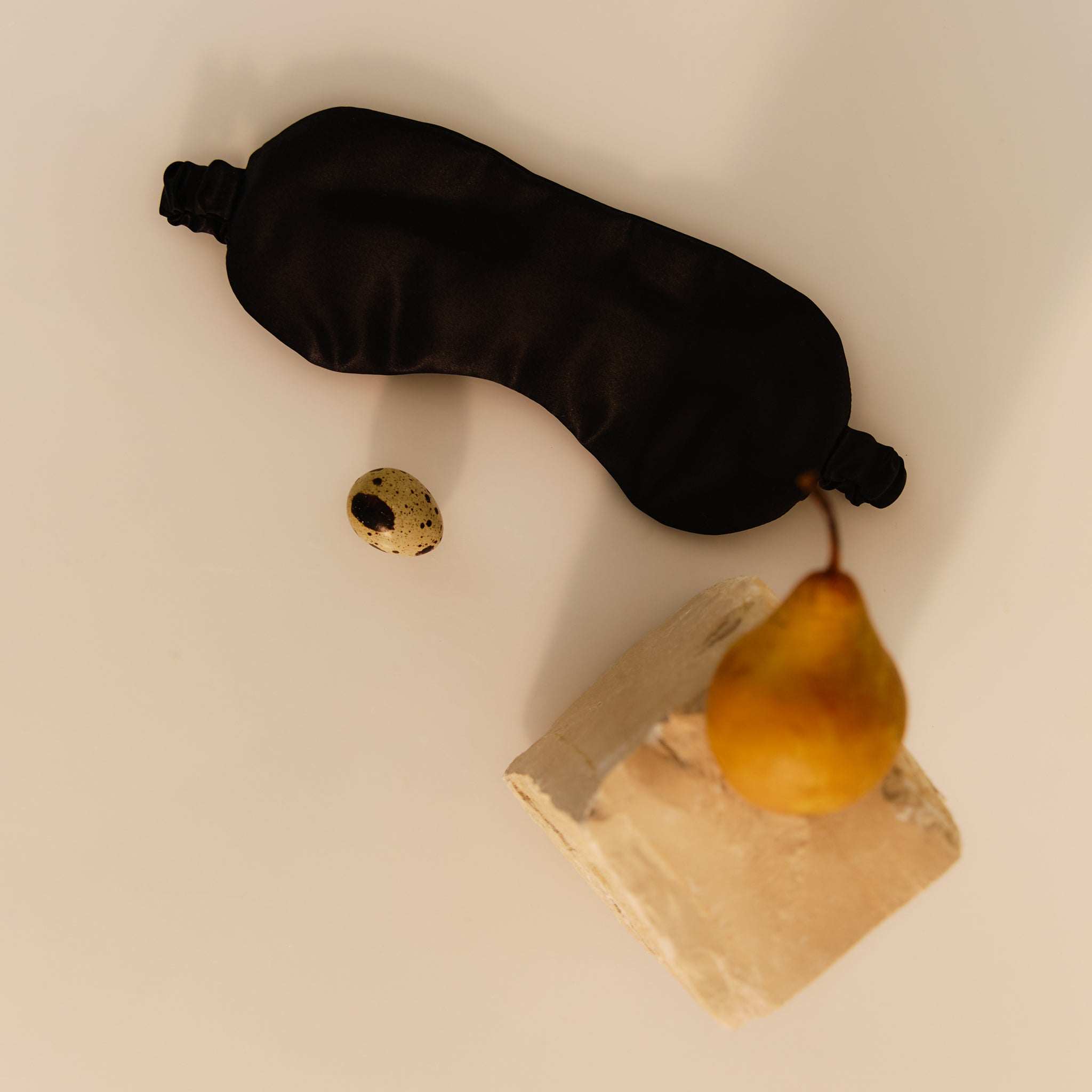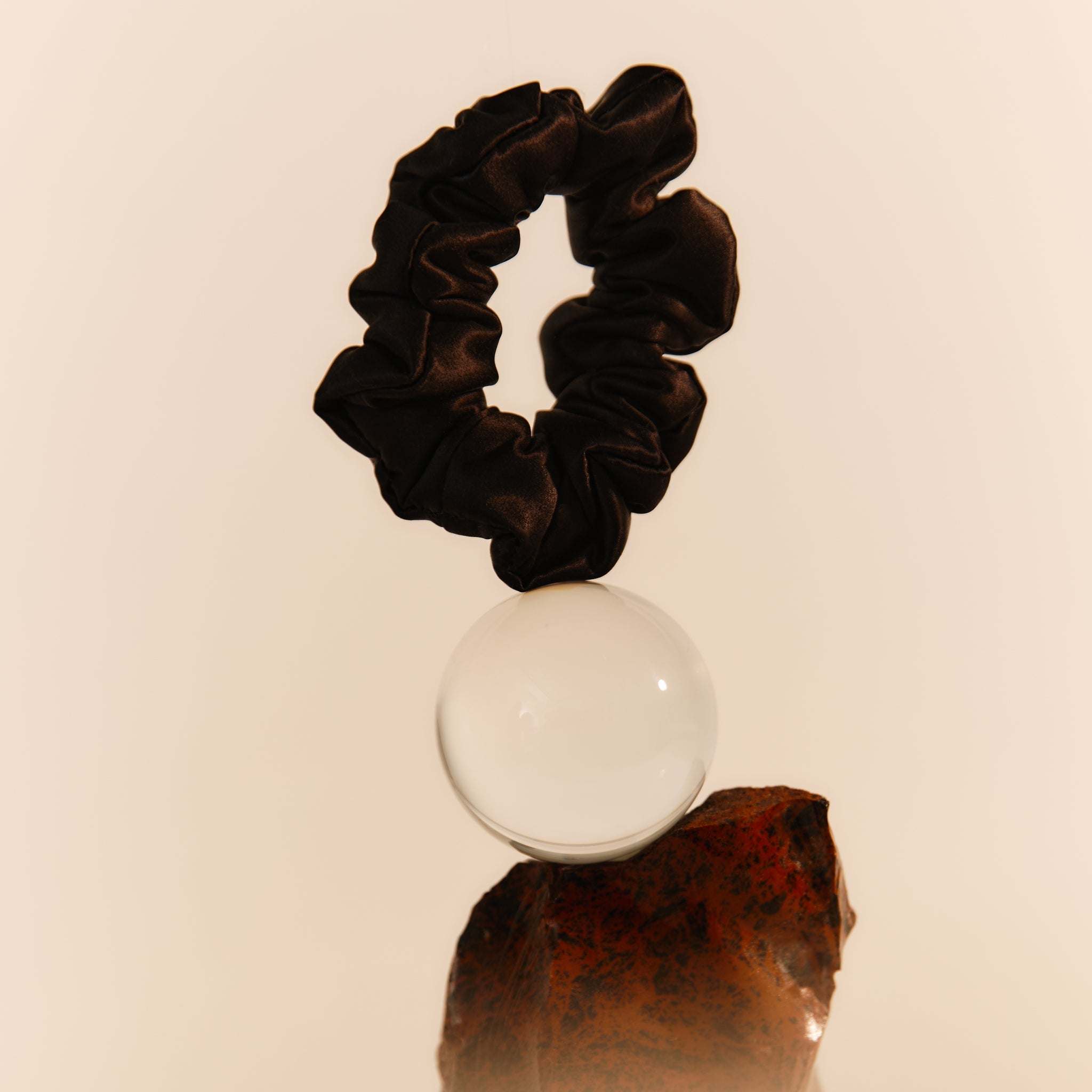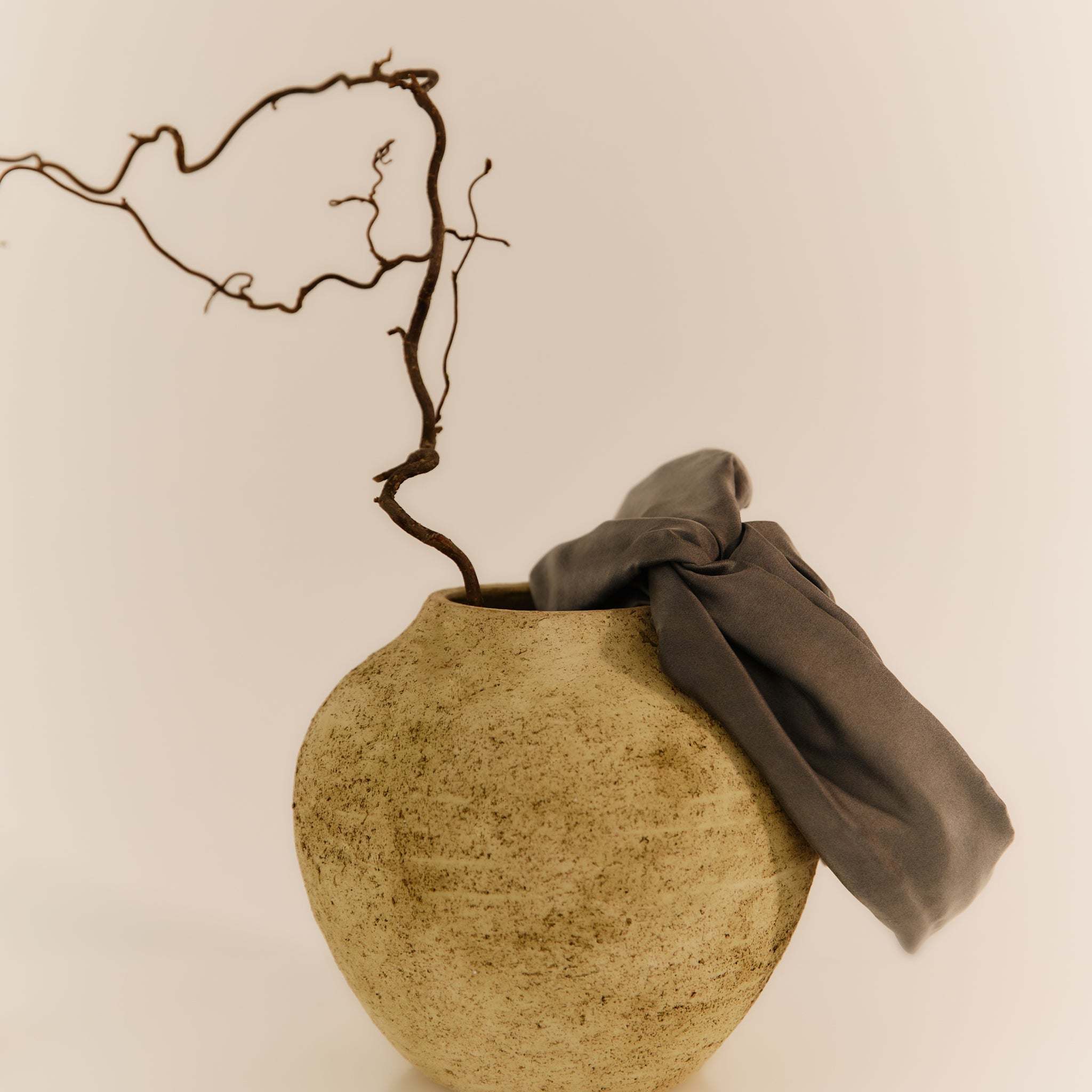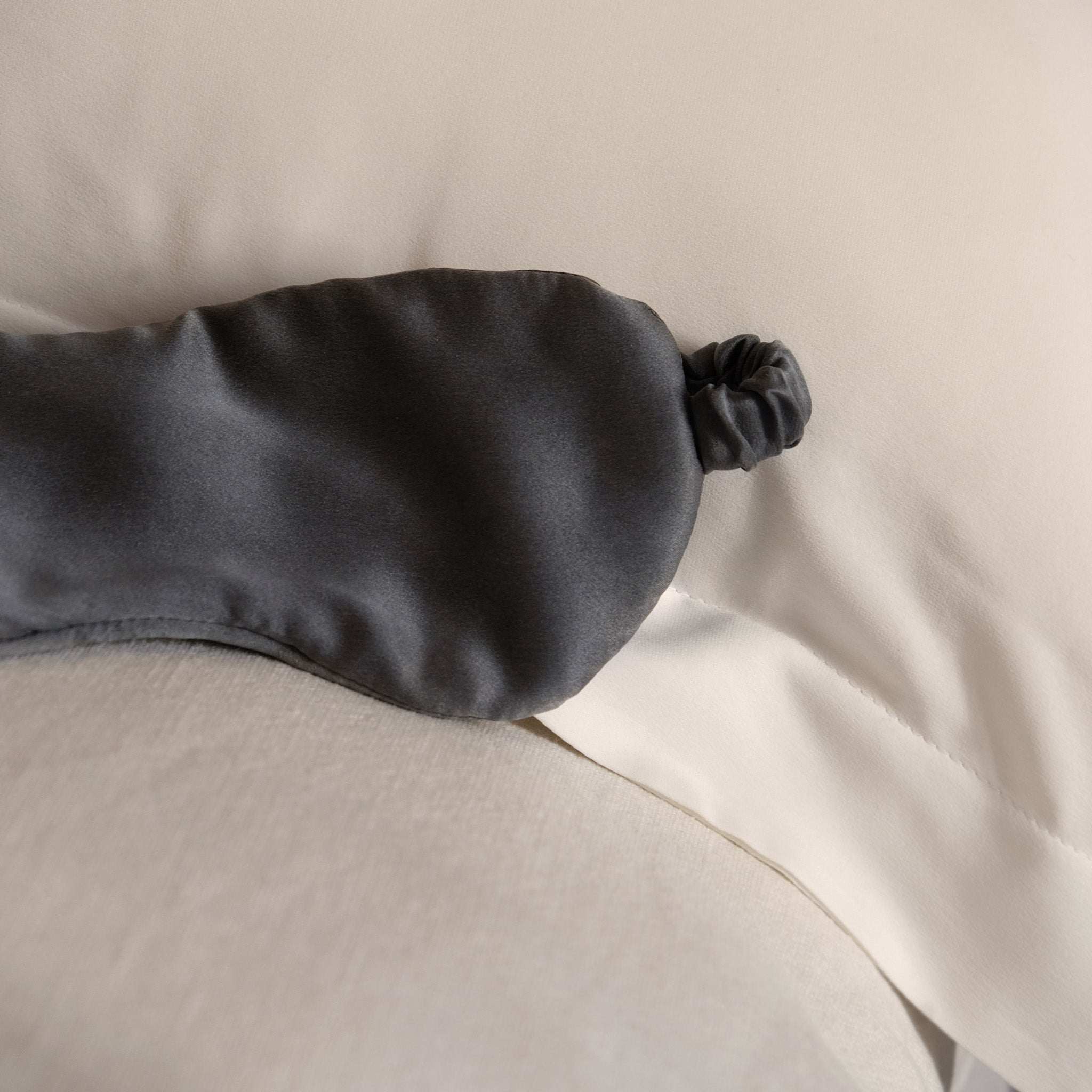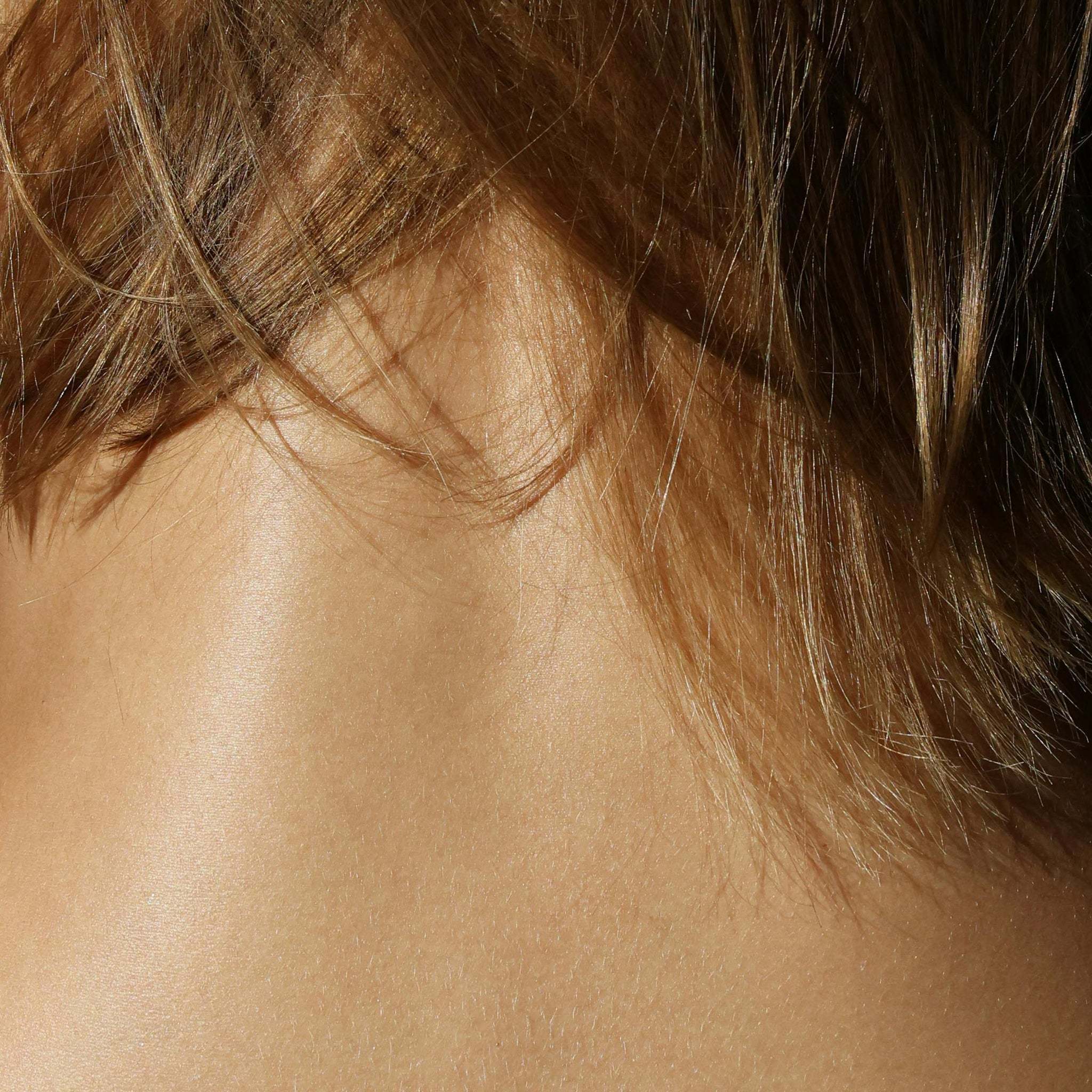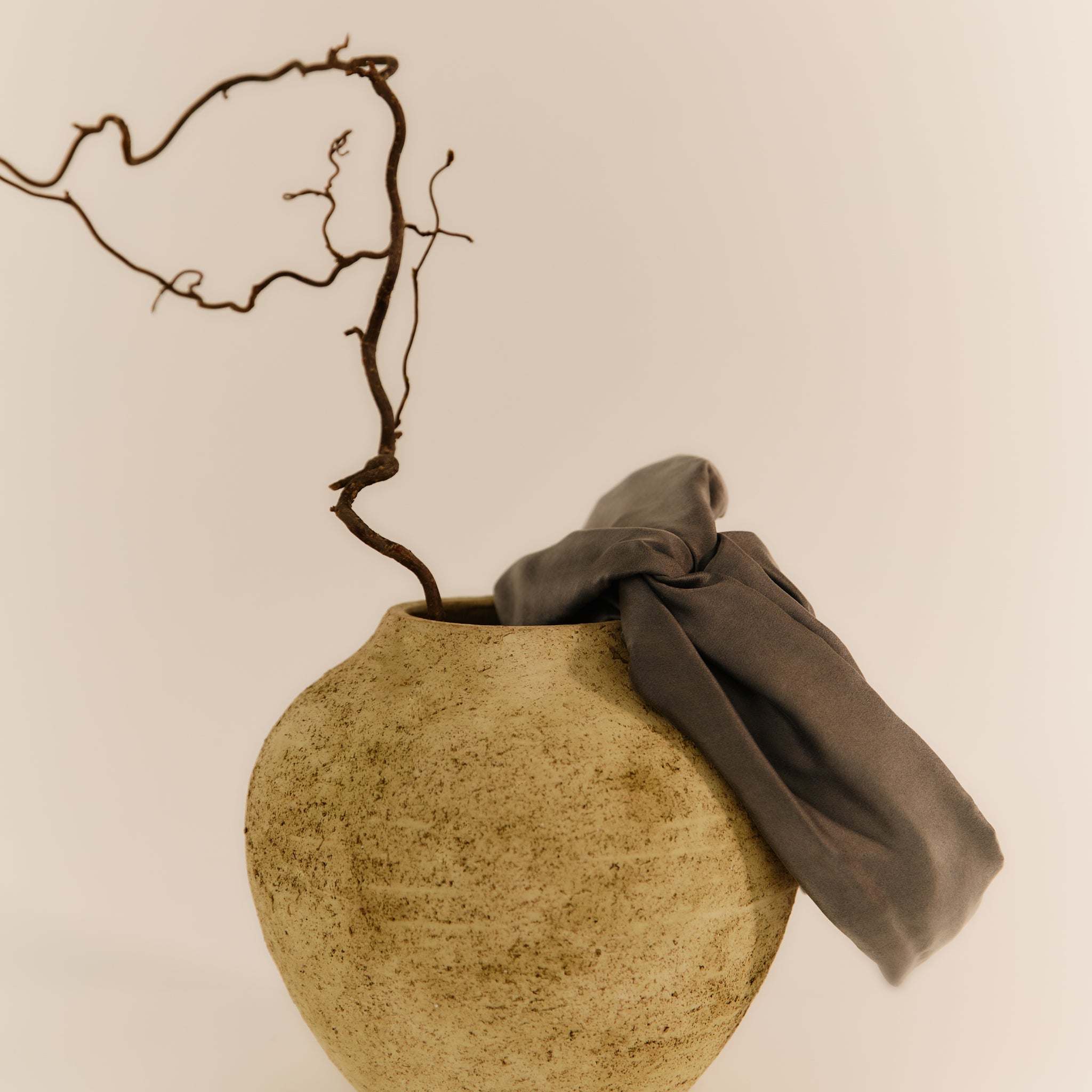Silk Fiber Structure and Benefits of Silk for Skin
Origin and composition of the silk fiber. Silk fabrics for sensitive skin.
Silk fibres, whether continuous or discontinuous, come from the silkworm's cocoon, made up of a continuous thread that can grow to a length that is between 800 and 1500 metres.
The benefits of silk for the skin and silk fabrics for sentitive skin comes from the fact that silk is a natural hypoallergenic microfiber that, depending on the type, can have a fiber diagram with diameters even smaller than 10 microns, making it one of the most compatible fibers with the skin and most compatible with sensitive skin thanks to its silk protein in skin care
Structure of silk fiber
The silk fiber analyzed under the microscope shows a structure of regular cylindrical filaments, smooth on the surface, typical of a natural and uniform extrusion production process.

There are no longitudinal or transverse striations, small or large imperfections, elements that protrude or create even a minimal irregularity on the surface of the individual filaments. They have a constant diameter along the entire length of the fiber. They appear as completely clean fibers.
The structure of silk fibre for sensitive skin when compared with other natural fibres highlights a peculiarity of an absolutely smooth fibre unlike wool, cashmere, alpaca, linen where there are micro-imperfections, scales or lamellae that can cause friction and skin irritation from the point of view of dermatological contact with the skin.  From left cotton / wool / cashmere
From left cotton / wool / cashmere

Compared to other natural fibers, such as cotton, wool or cashmere, silk for sensitive skin stands out for its ultra smooth surface, which makes it one of the most popular choices in silk fabrics for sensitive skin. In particular, dermatologists often recommend hypoallergenic silk garments for subjects with dermatitis, eczema, psoriasis or other chronic skin conditions using its silk protein in skin care
Silk fiber: mechanical and functional properties
Silk fiber is a fiber with an irregular triangular section . It can have a flat or helical structure depending on the quality.
The individual external faces refract light in different ways based on the concentration of its silk proteins . This determines that the appearance is, depending on the origin of the light and the way in which it hits the face of the fiber, very shiny, giving it that iridescent appearance so sought after by the fashion and style sector, with formations of more or less vivid and attractive color. In silk fiber the polypeptide chains are completely stretched, naturally ensuring an external structure that appears completely smooth.

The single fibre is made up of an extremely flexible external covering/protective sheath made of a natural protein, Sericin , which envelops and consolidates an internal structure made up of countless continuous fibrils made up of another natural protein, a fibrous protein, Fibroin.
Sericin is a protein with a variable molecular weight depending on the time of its production (from 65 to 450 KiloDalton)
Fibroin is a high molecular weight (350 Kda) structural fibrous protein.
This articular conformation determines some important mechanical characteristics
- High Tenacity comparable to Kevlar.
- Elongation at break higher than Kevlar and similar to Nylon
- High resistance , superior to cotton, Kevlar and nylon.
- High flexural rigidity greater than wool and acetates
- Combination of high strength and toughness
- Excellent energy absorption ability at high loading rates.
- More resistant to traction than a steel wire of the same thickness,
- Once brought to failure it does not show any weakening of its structure
- Highly flexible , it resists forces that stretch it to 20/25% of its initial length
- Highly elastic
Thermoregulating properties of silk fiber for sensitive skin
The combination of two proteins with opposite behaviors towards water and humidity within the same structure is exclusive to silk and allows for a unique regulation of temperature, humidity and breathability.
Sericin is a hydrophilic protein that tends to attract and bind with water molecules.
Fibroin is a hydrophobic protein that tends not to bind with water.

The molecular structures are oriented parallel to the longitudinal axis of the fiber with hydrogen or salt bonds. The structure is therefore linear but takes on a particular zigzag construction with overlapping antiparallel Beta Sheet sheets. This is a structure that guarantees a high level of interaction between the molecules, the presence of amorphous detachment zones and high crystallinity

Sericin attracts water or water vapor molecules and quickly transfers them to the internal fibroin structure, which on the one hand transfers it by capillarity to the internal areas and then quickly expels it towards the outside, on the other hand stores it between the amorphous empty spaces of the B Sheet structure to then regulate its presence with the air, maintaining the temperature and the relative humidity level constant and acting as a true thermoregulator.
A silk for sensitive skin that guarantees the non-deposition of moisture pockets that favor the proliferation of moss and bacteria
Silk and Skin: A Winning Combination for Sensitive Skin
The use of silk fibers and silk fabrics for sensitive skin is widely recognized in the literature and in the medical and dermocosmetic fields . The structure of the fiber, its hypoallergenic properties and extreme compatibility with the skin microbiome , make silk for sensitive skin the primary fiber recommended by dermatologists to combat:
• dermatitis or psoriasis
• acne and skin prone to inflammation
• those looking for silk pillowcases or silk sheets or silk bed linen to improve the health of the skin during sleep thanks to silk for sensitive skin
What are skin inflammations?
Dermatitis and psoriasis are some of the most important and widespread forms of chronic inflammatory skin diseases that, in various ways and severity, manifest themselves with:
• extreme dryness of the epidermis,
• flaking, redness,
• intense itching
• extensive inflammation phenomena.
The skin is reactive to external stress and contact, warm and rough to the touch. The high level of itching increases with contact with rough or irritating fabrics.
The presence of irregularities and micro-thickenings or superficial flakes even at a micro level on the surface of the individual fibres that make up the various fabrics or any breakages that occur in the construction of the various fabrics even if not visible, create an immediate mechanical interaction with the skin.

Silk: Smooth fiber, natural fiber, skin fiber
The series of structural elements and its composition make silk fiber the silk for sensitive skin because its silk protein in skin care, from the dermatological and epidermal contact point of view., Therapeutic silk garments contribute to the reduction of itching, discomfort and skin inflammation. Silk fabrics for natural sensitive skin and skin care are becoming a standard among the dermocompatible products recommended by specialists.
The skin's friend par excellence, silk for sensitive skin, but also where there are no skin infection phenomena or small dermatological problems, silk proves to be a highly compatible and healing fibre with the skin, hair and human physiology, capable of guaranteeing health and care in every area of life thanks to:
- a completely smooth fiber structure
- a very low coefficient of friction
- a high adaptation to the morphology of the body
- bio-chemical compatibility, low in irritating elements and rich in healing, soothing, antioxidant and protective amino acids
- the balancing factor of the level of lipids and humidity
- the perfect control of the contact microclimate
An ancient innovative fiber, a silk for sensitive skin but even more a set of unique characteristics that make it a health laboratory for skin and body. Knowing its excellence allows you to make the right choices for the health and well-being of the person at 360 degrees

